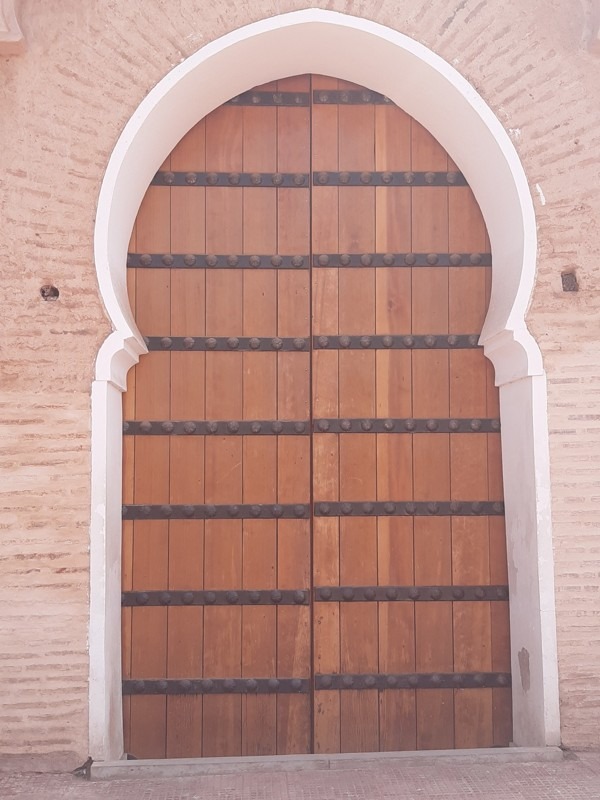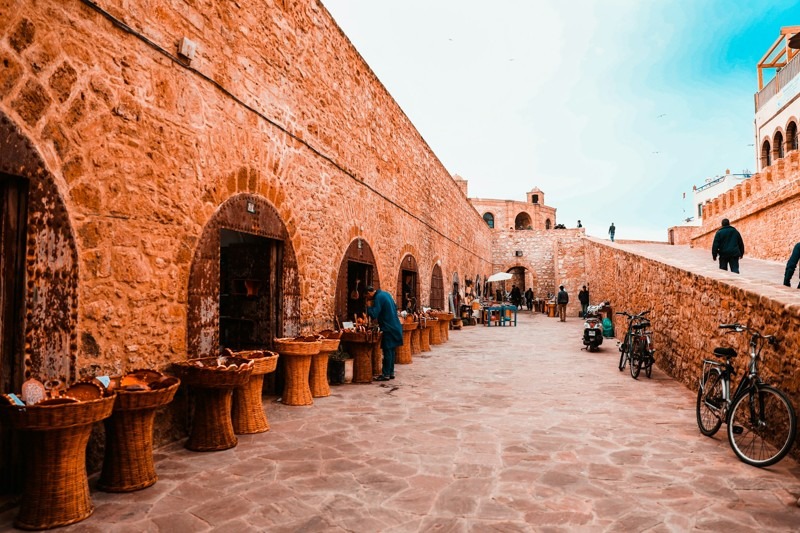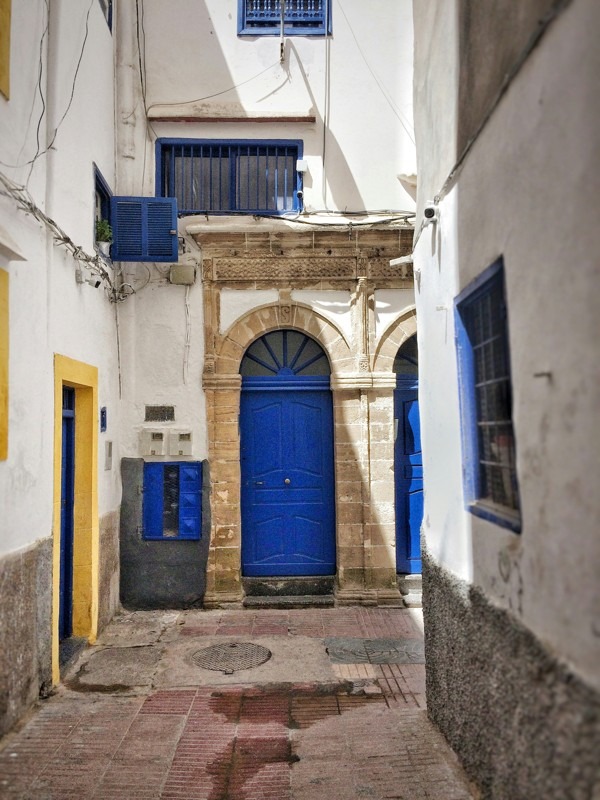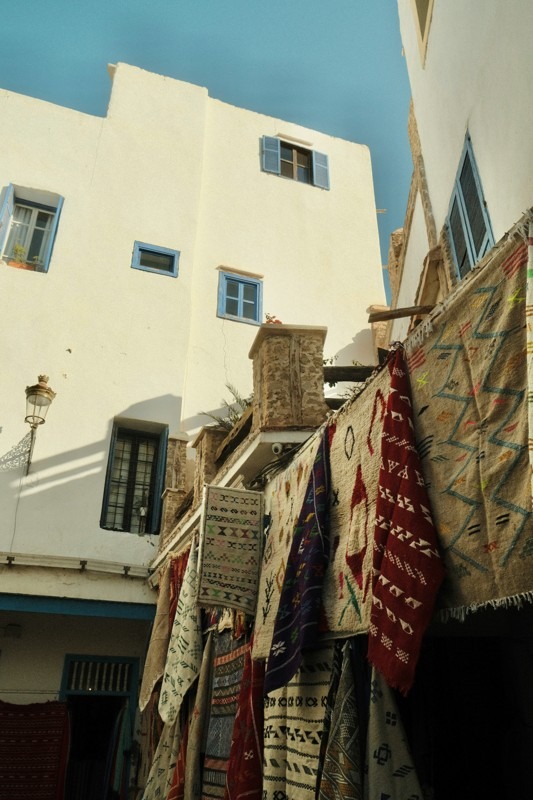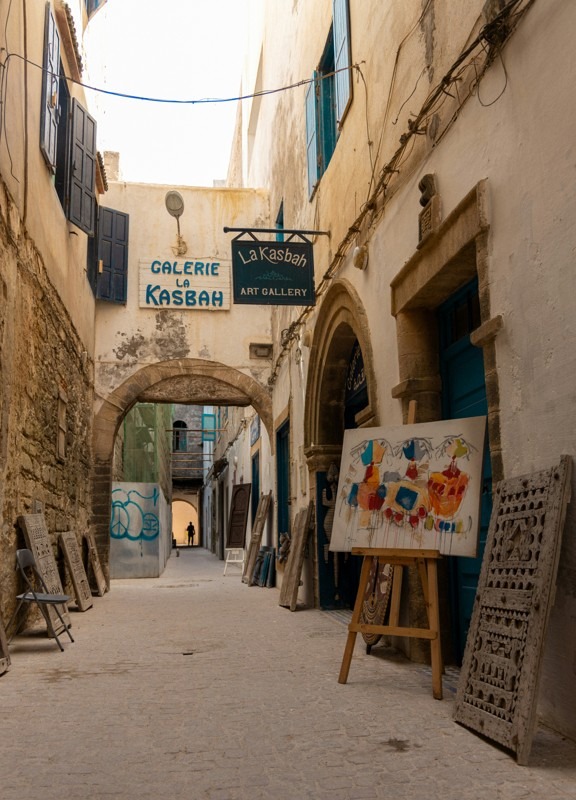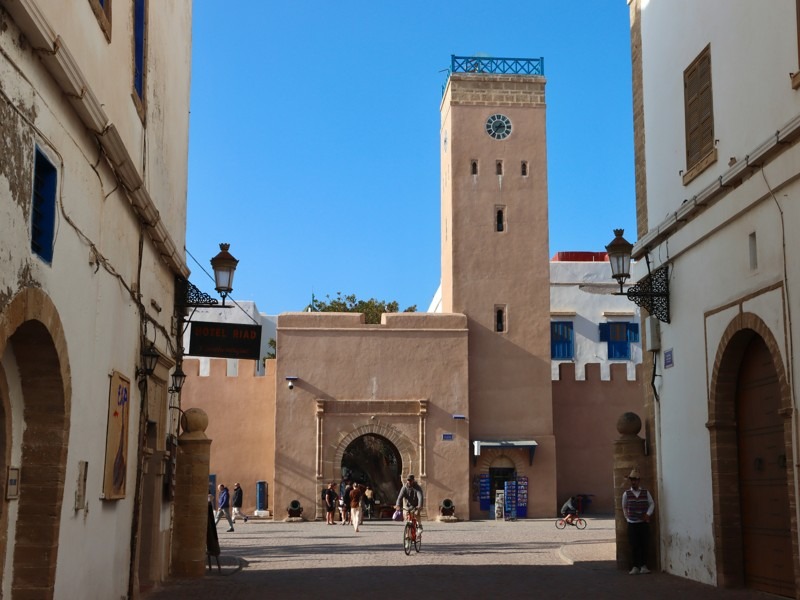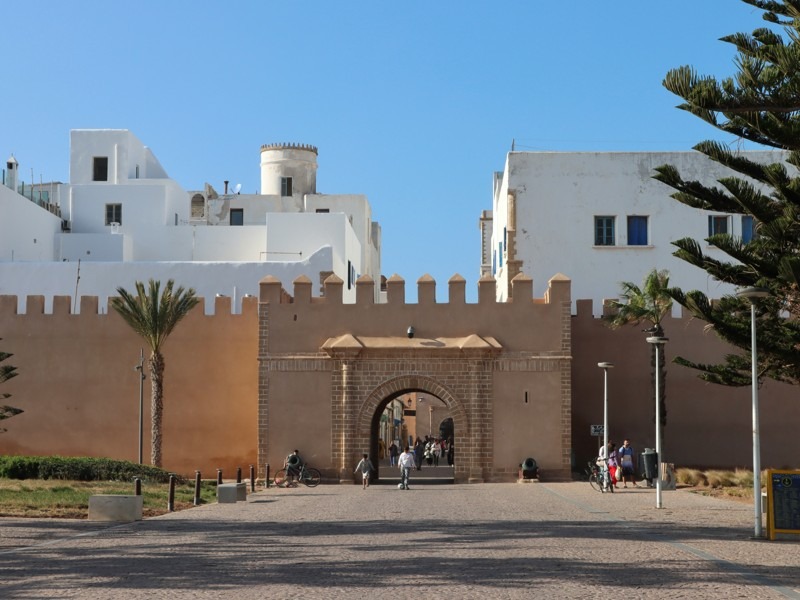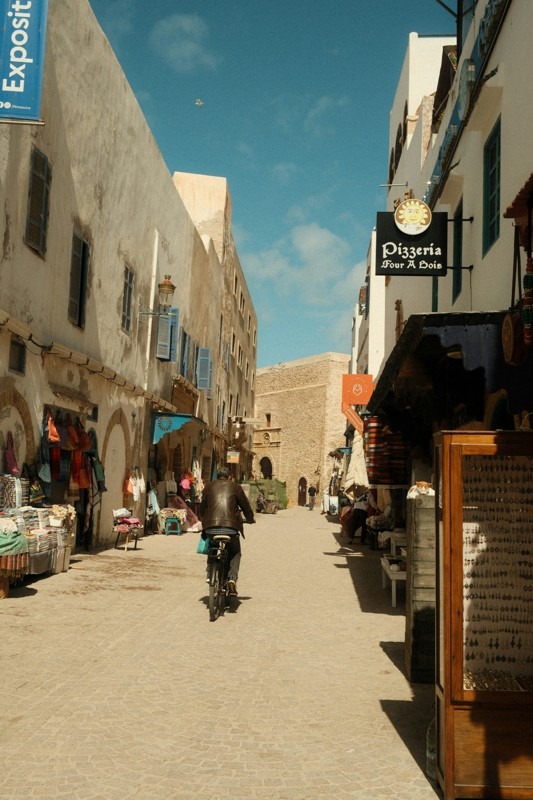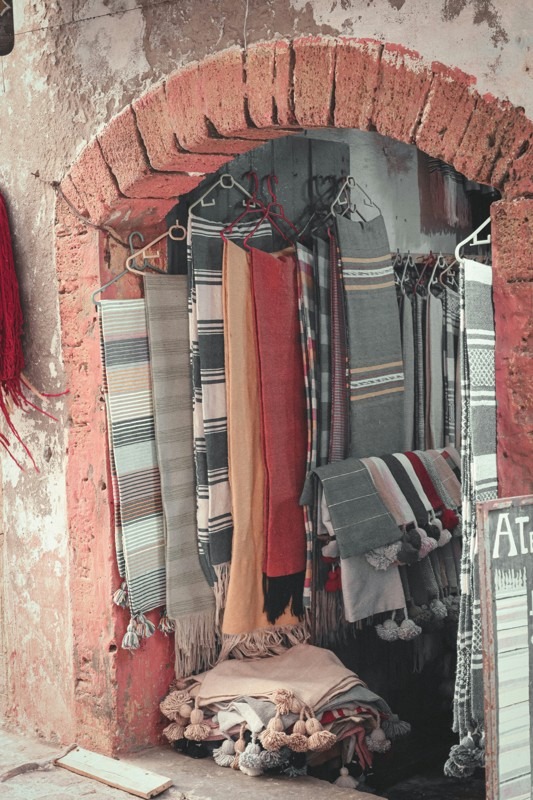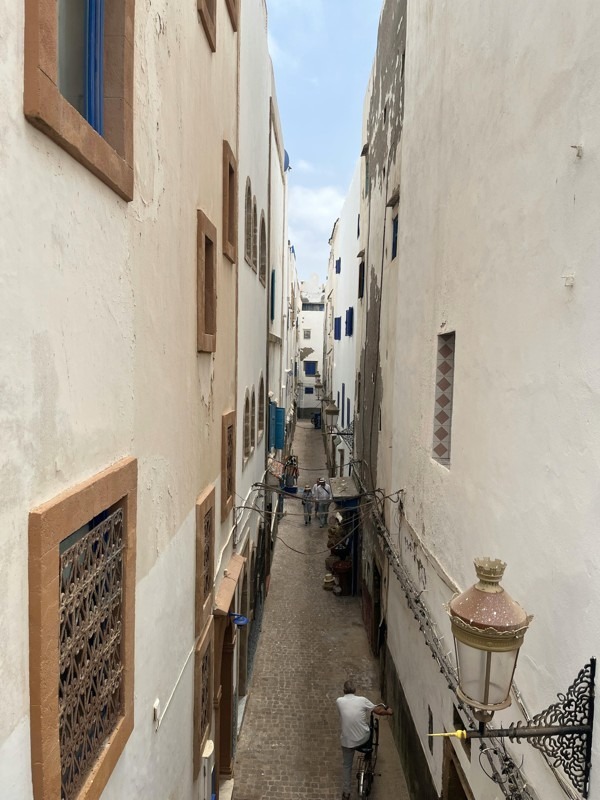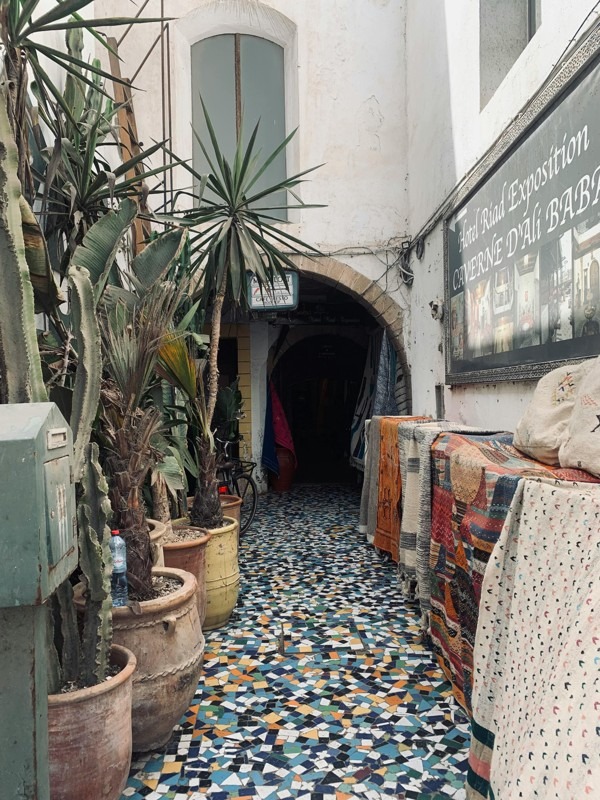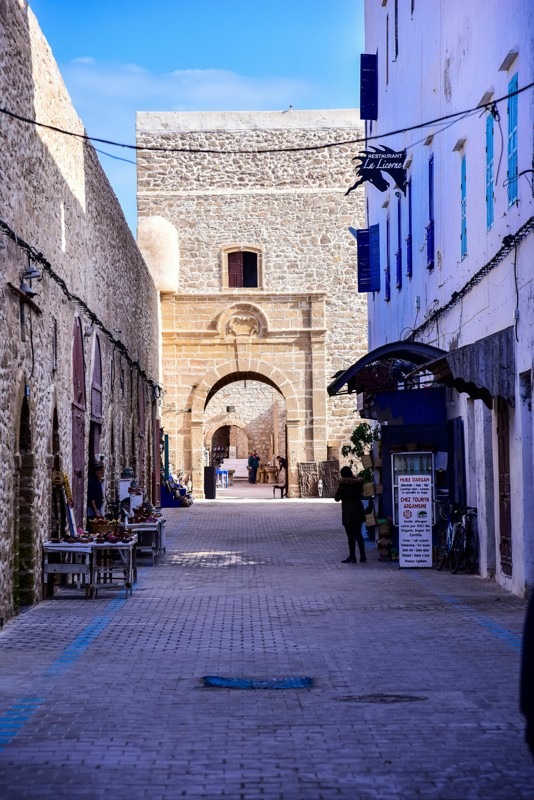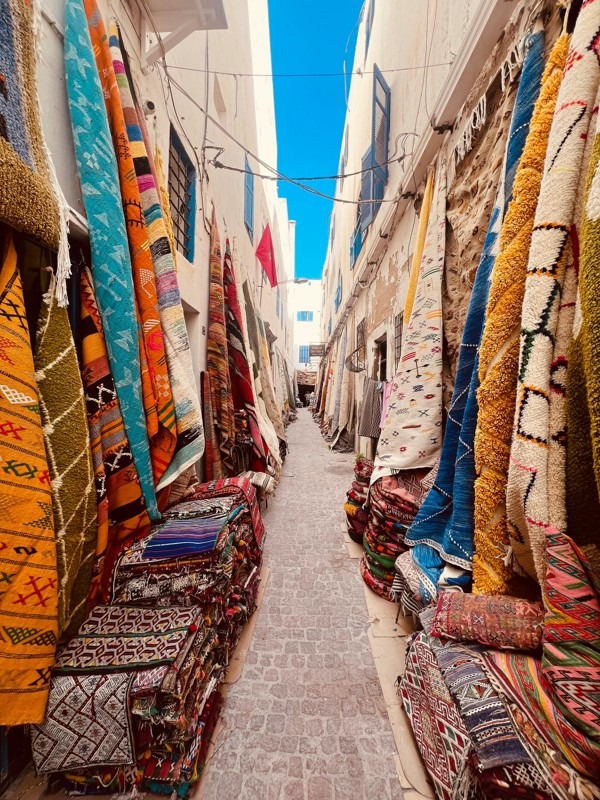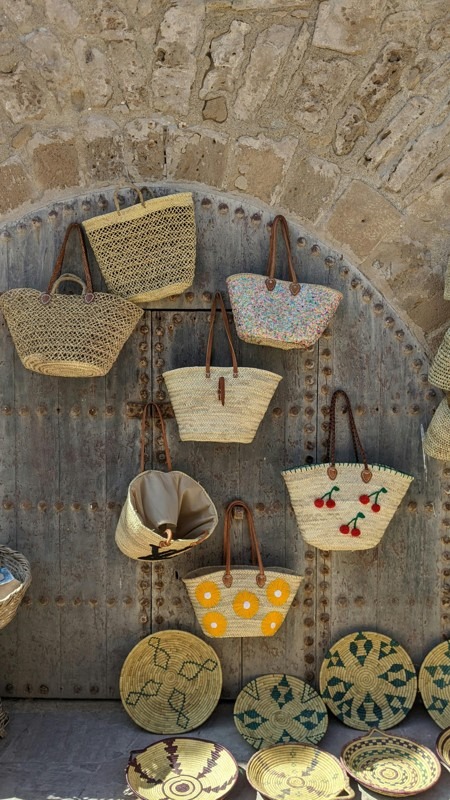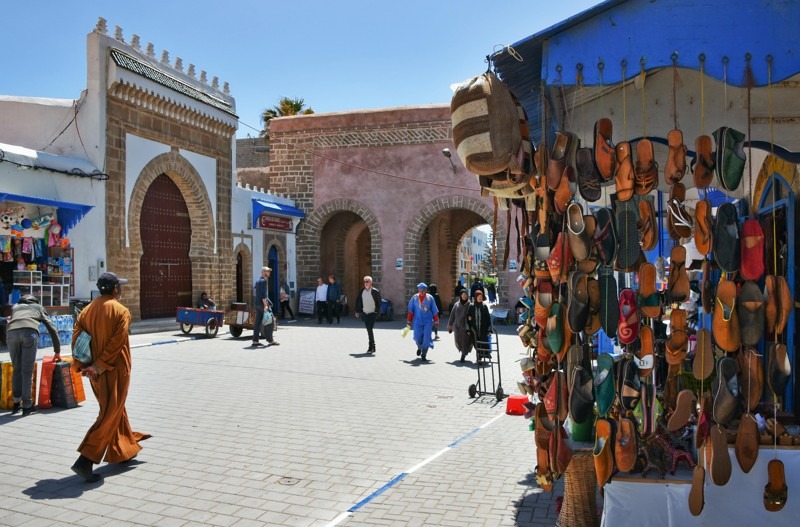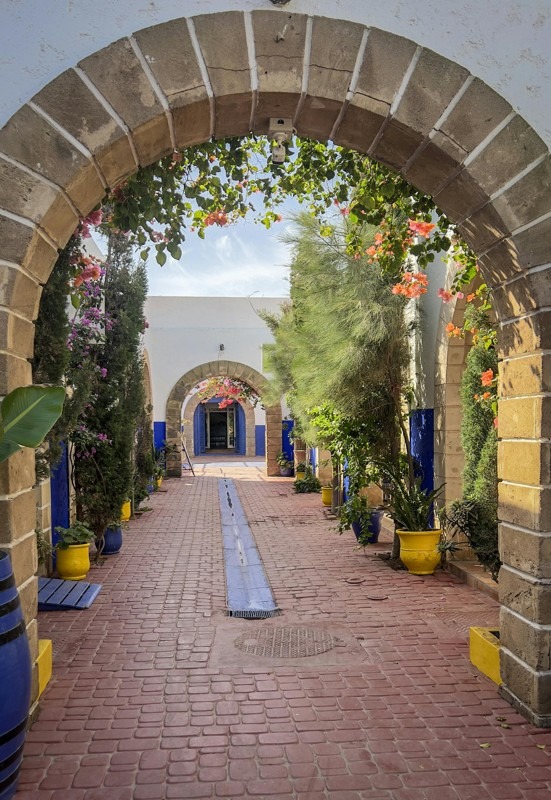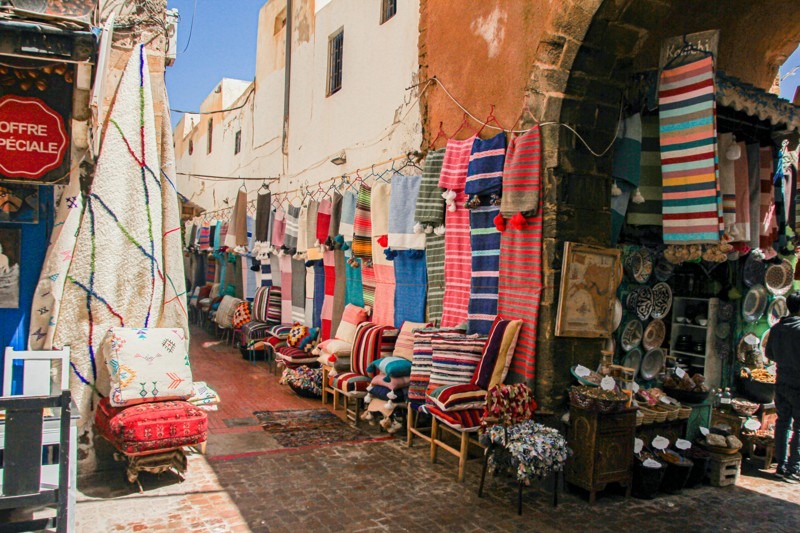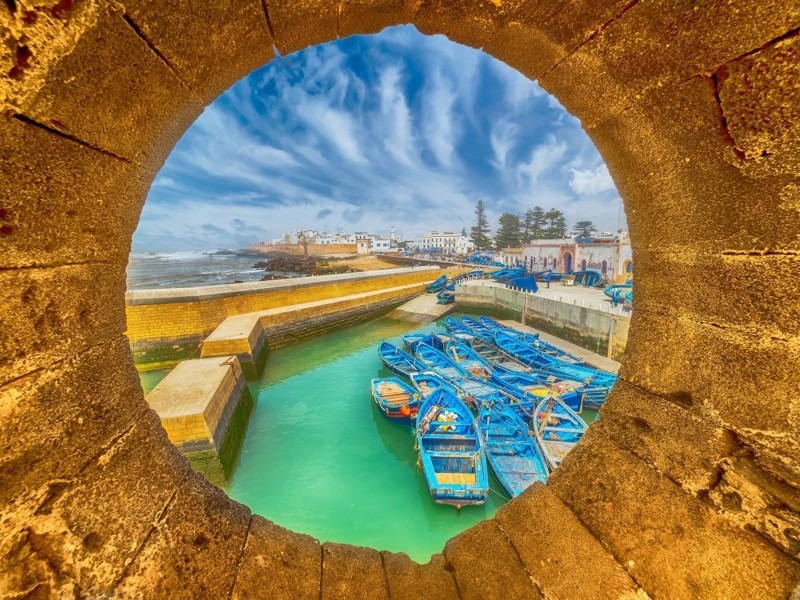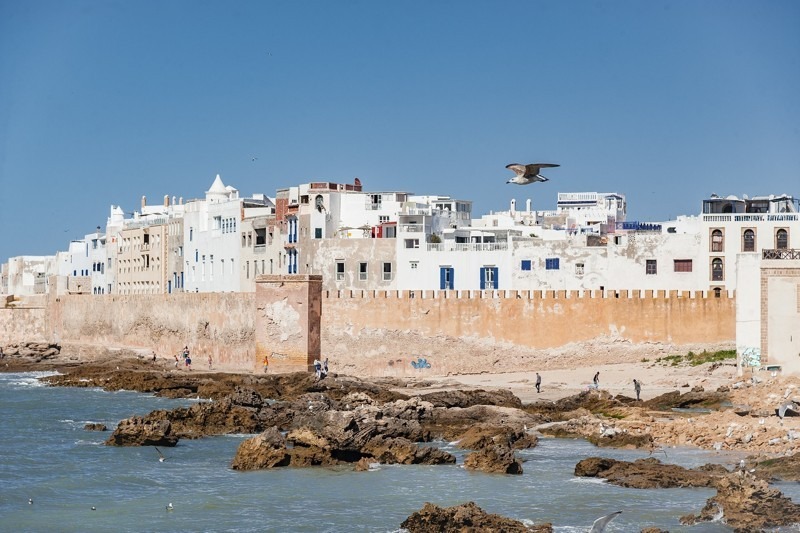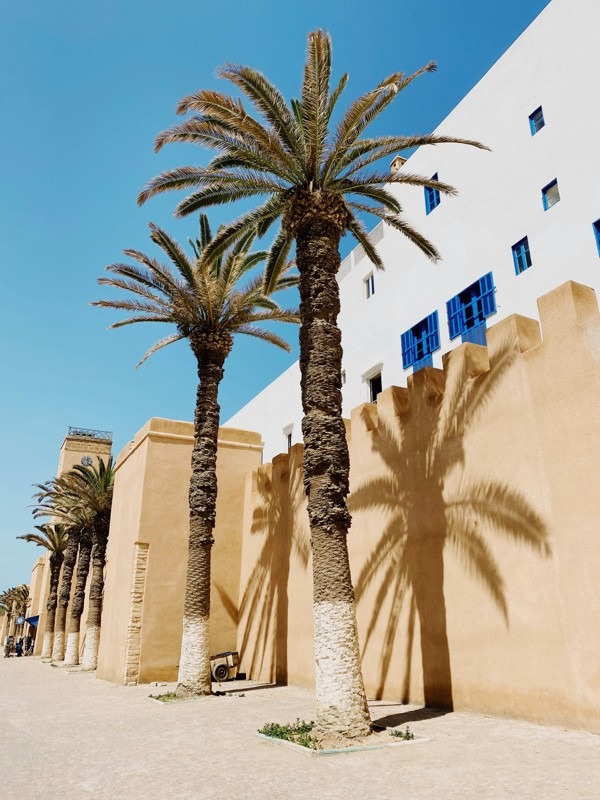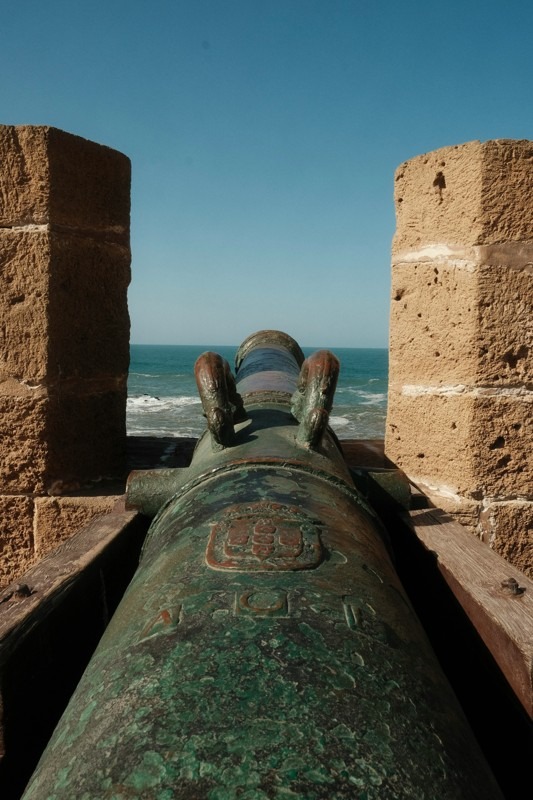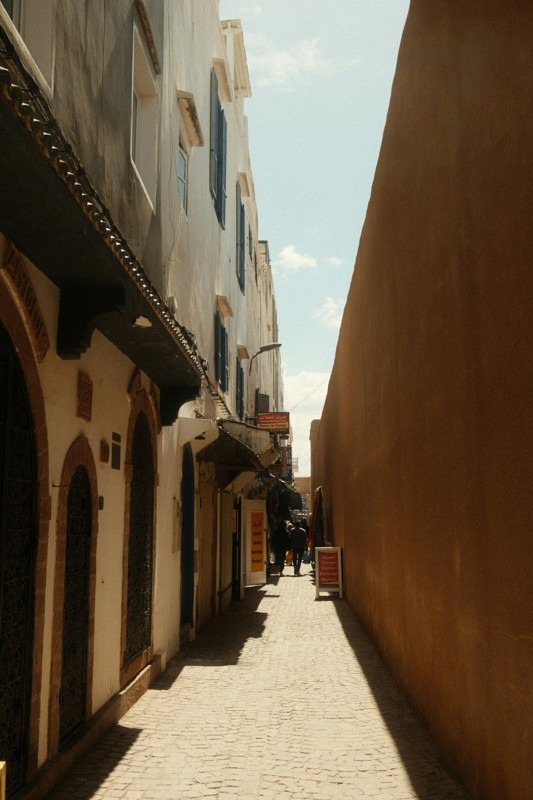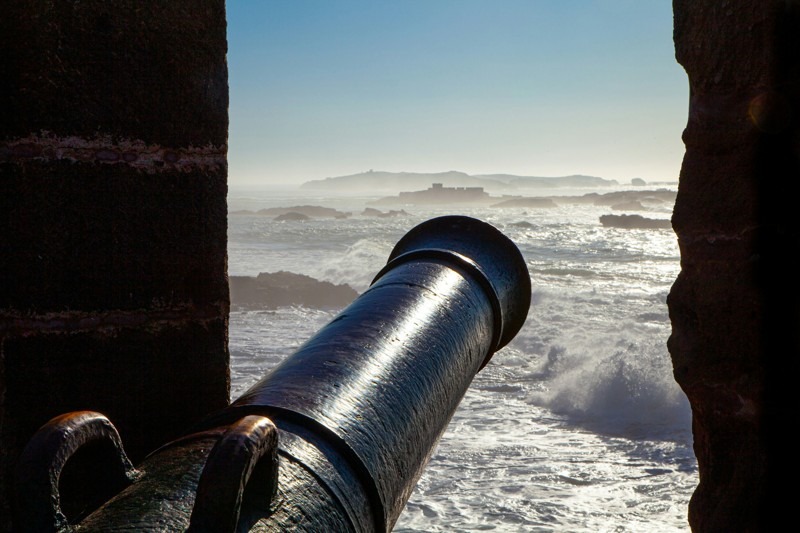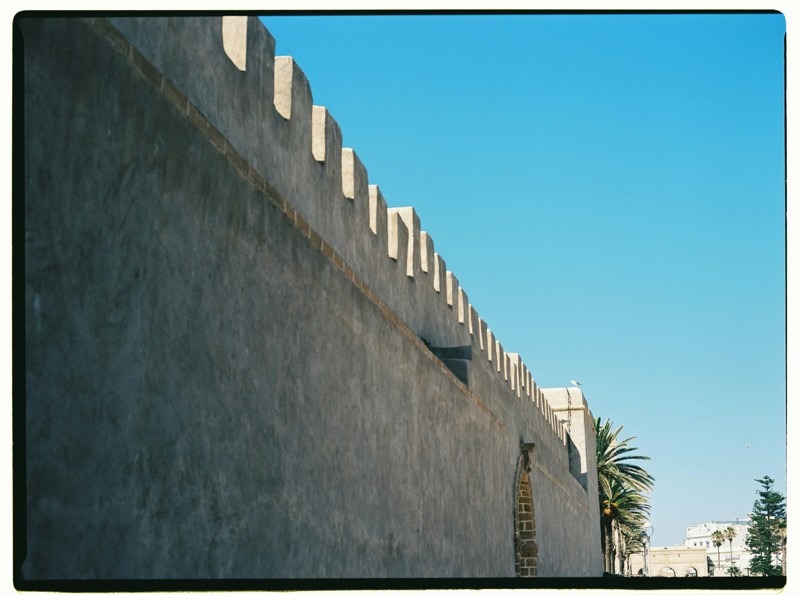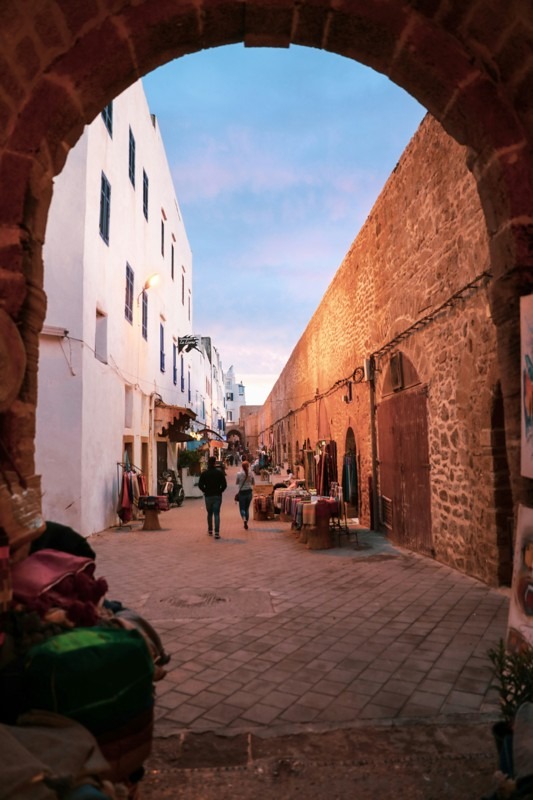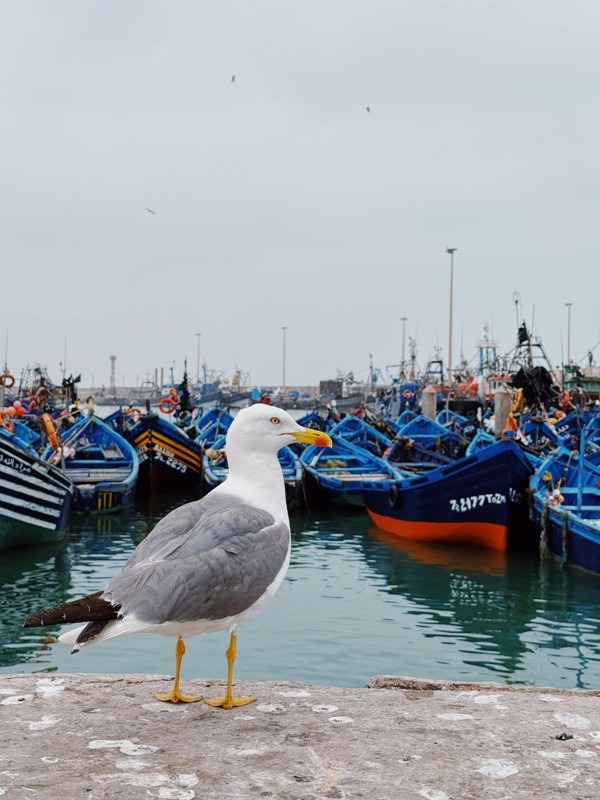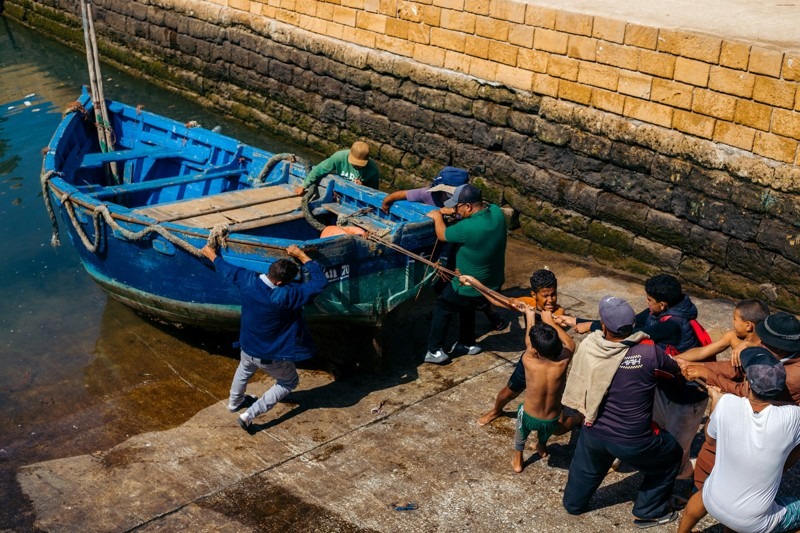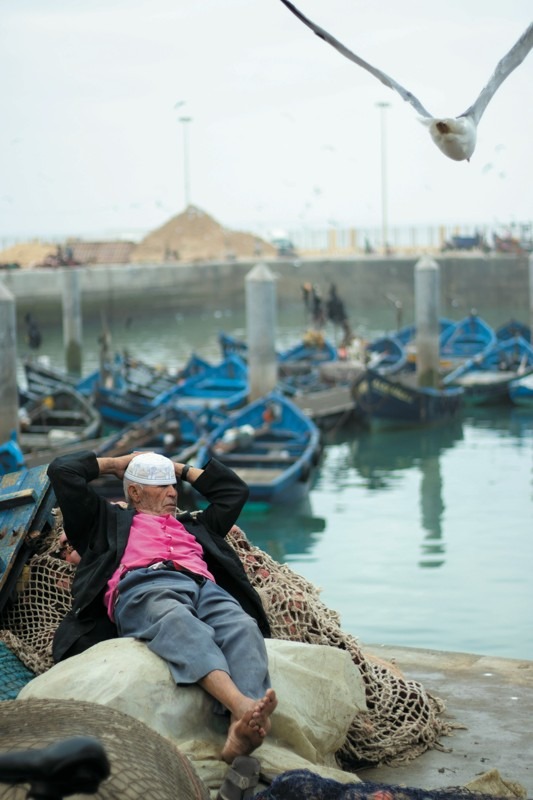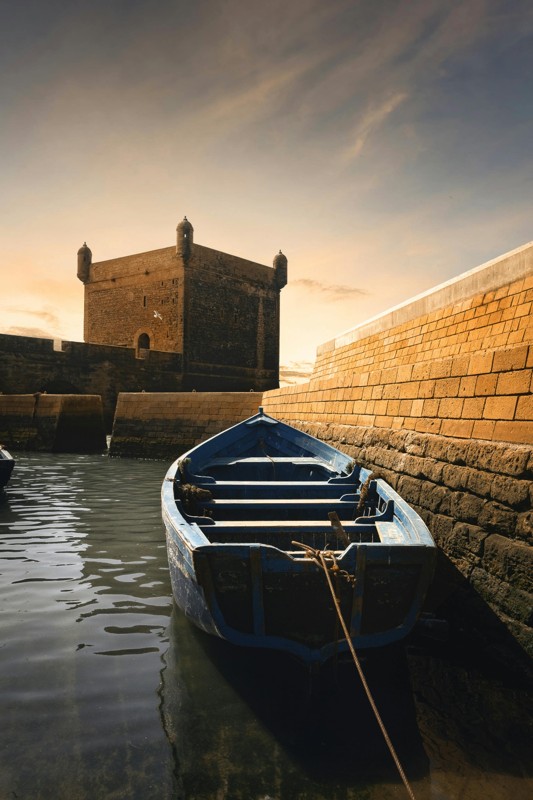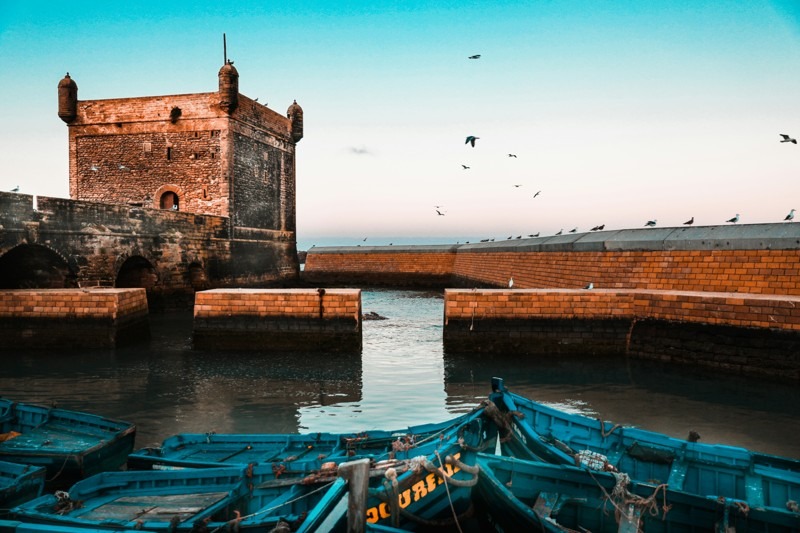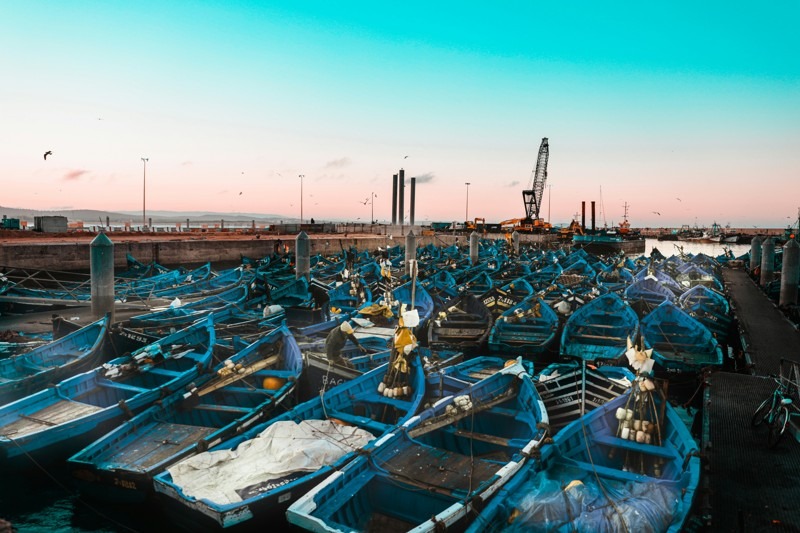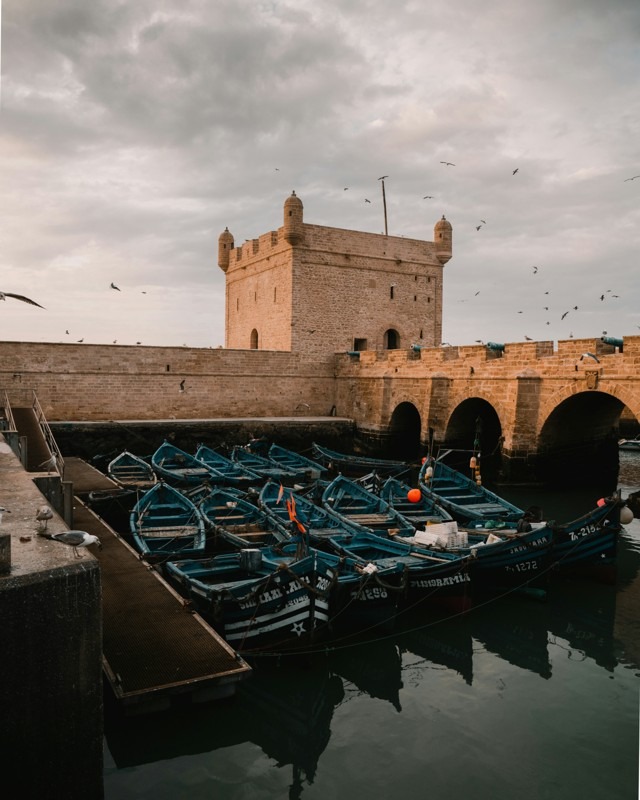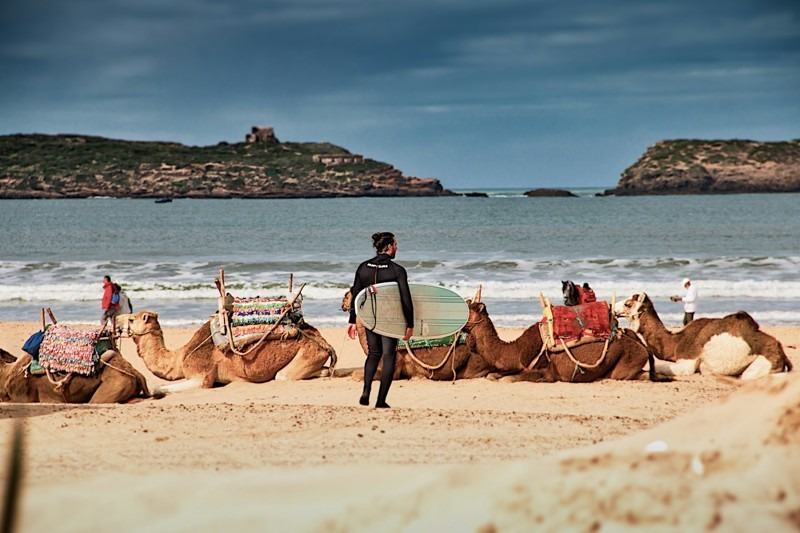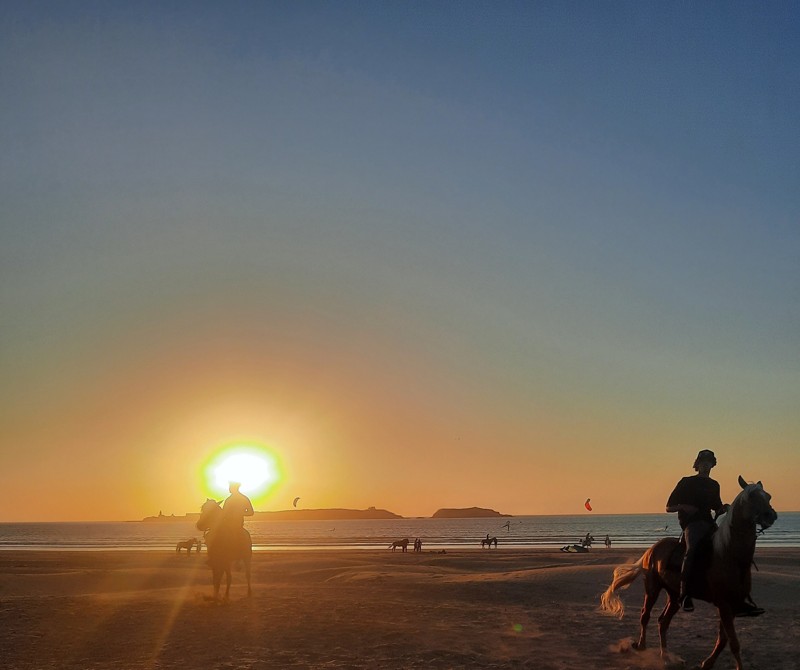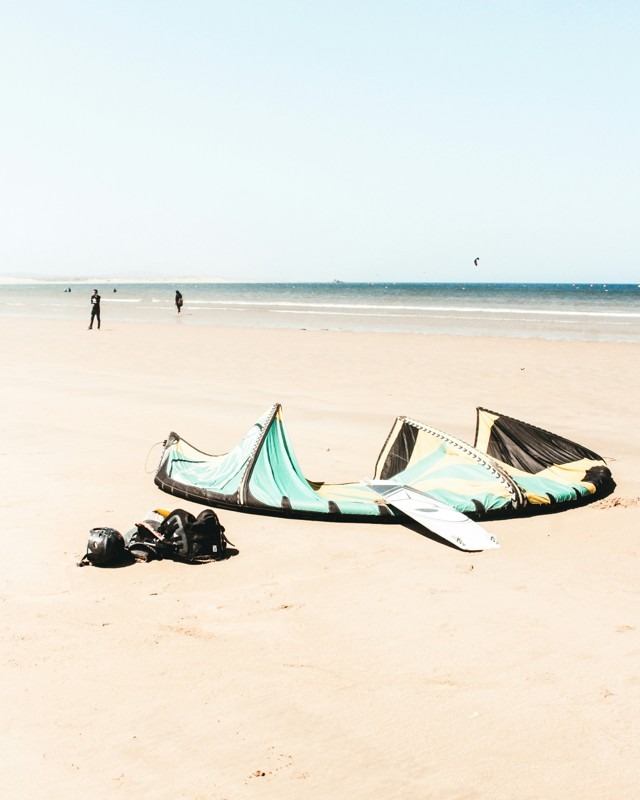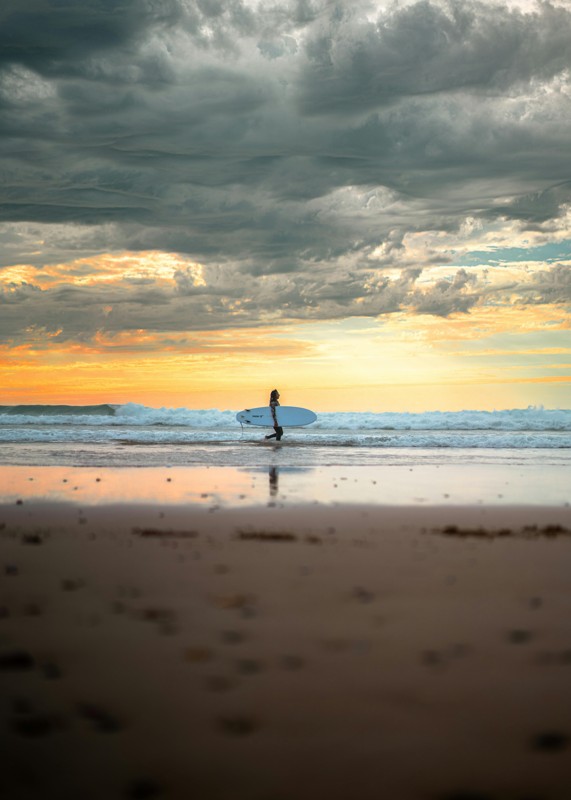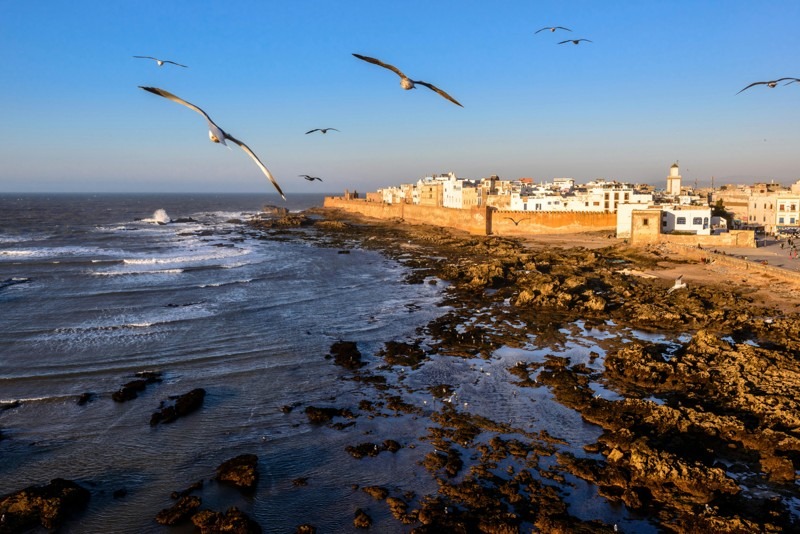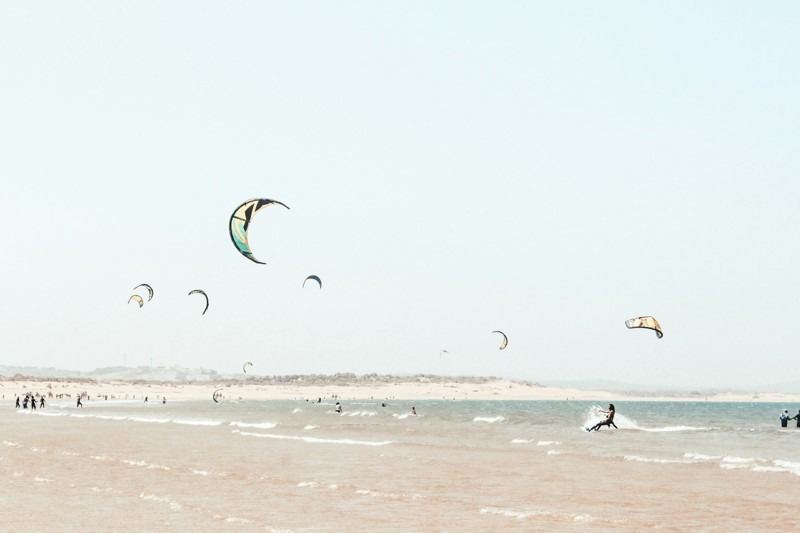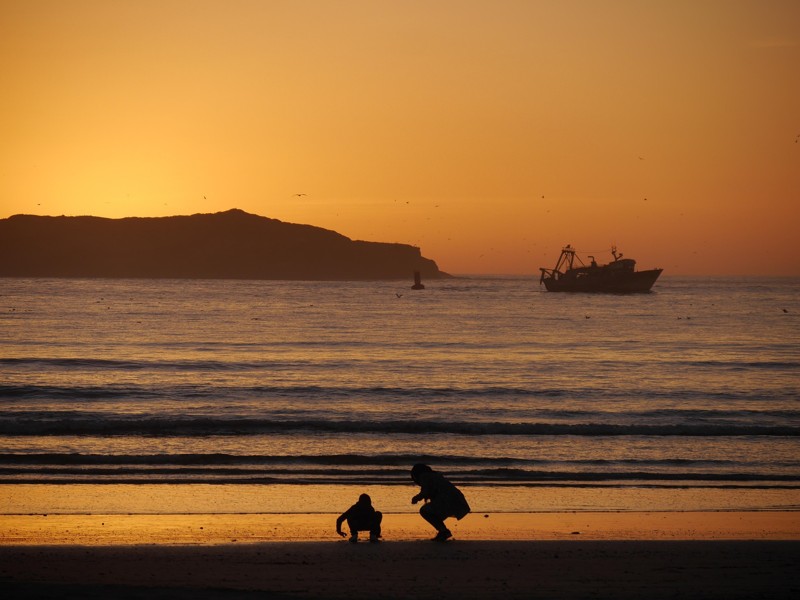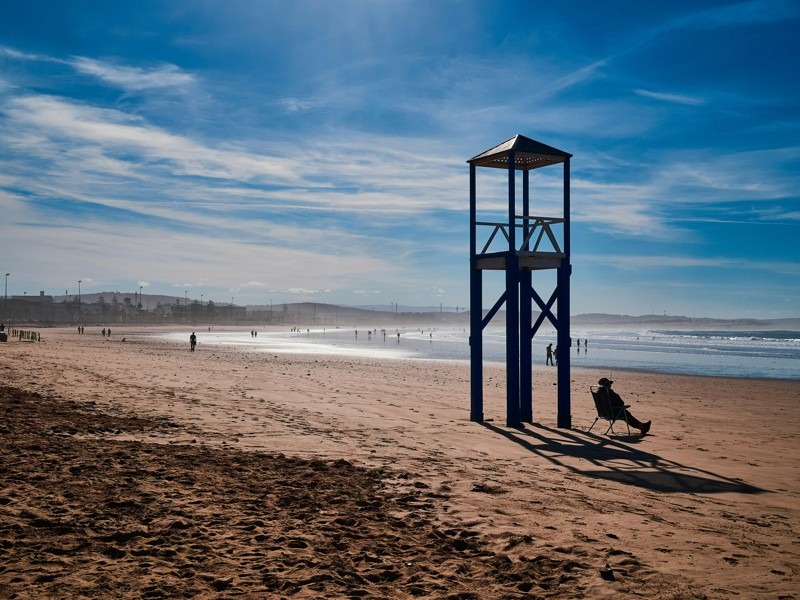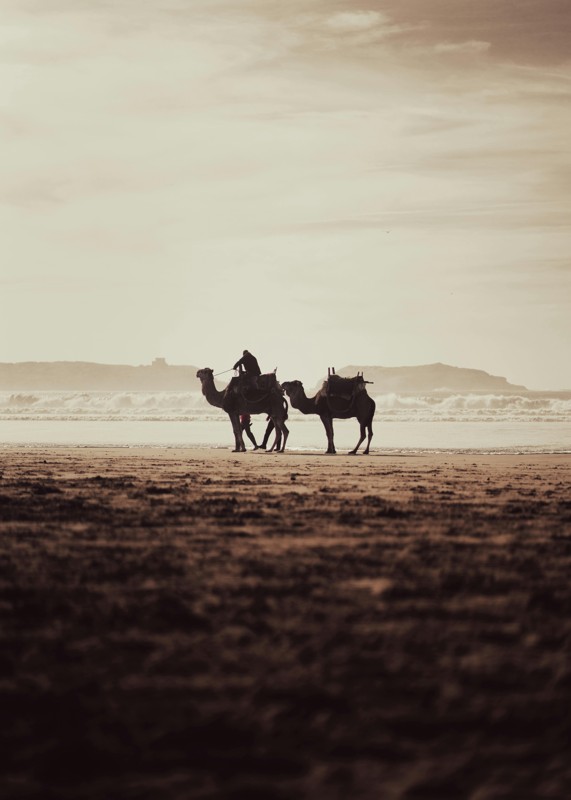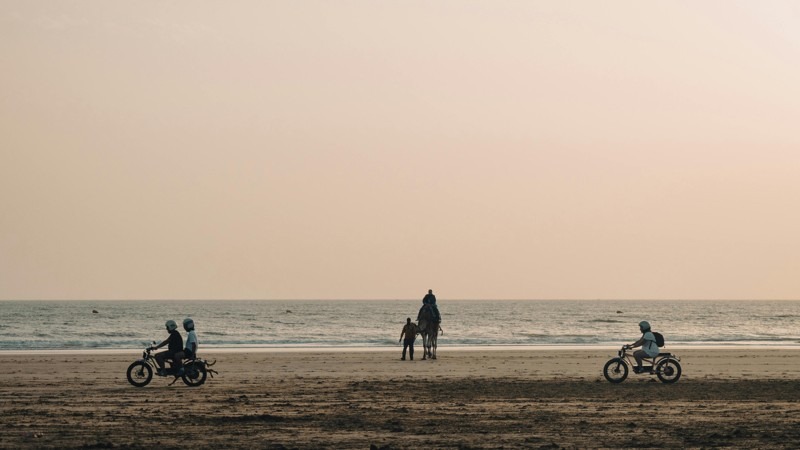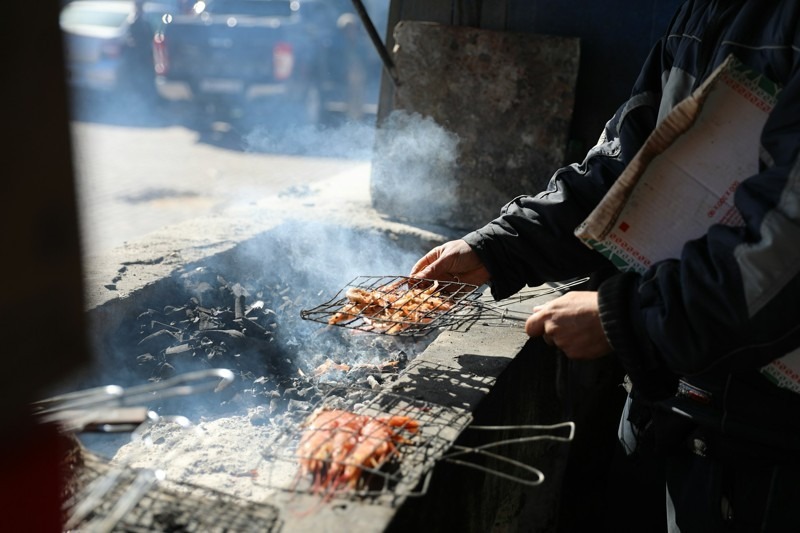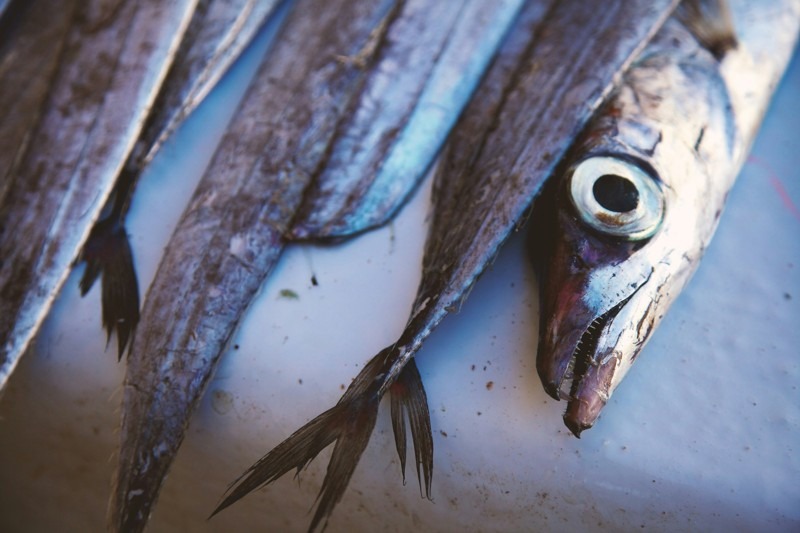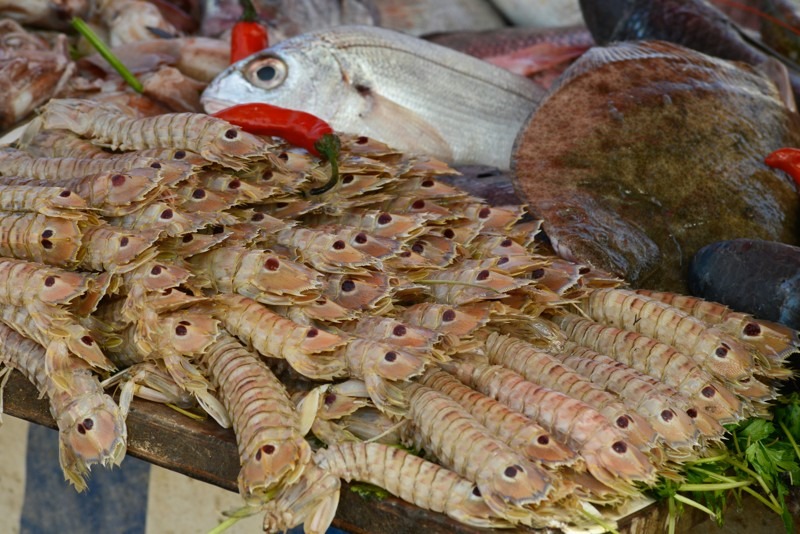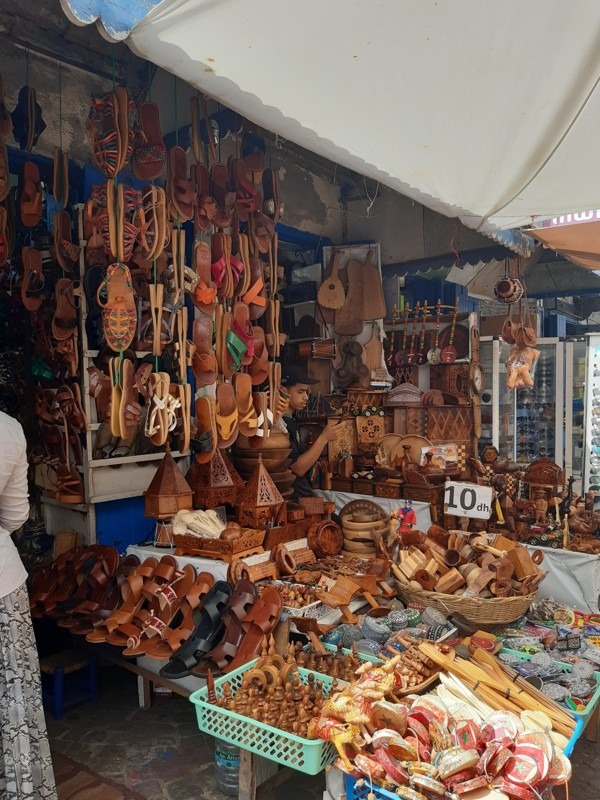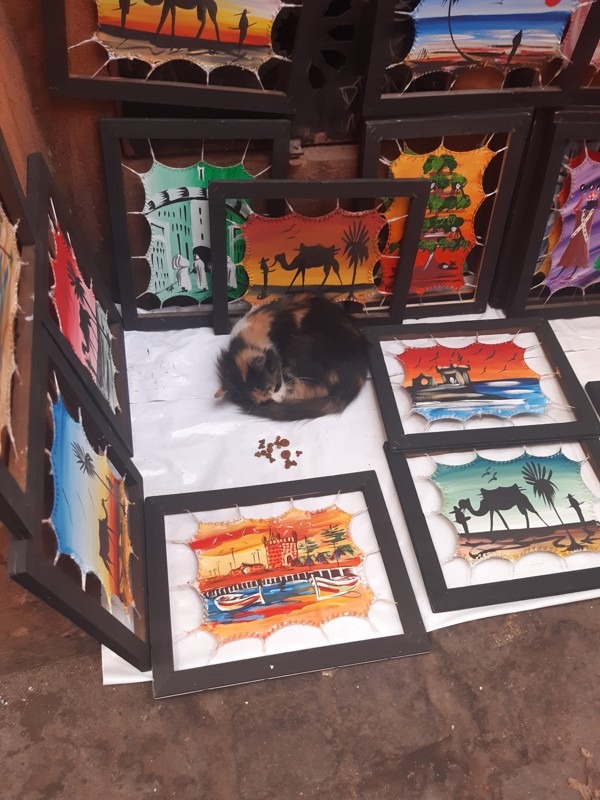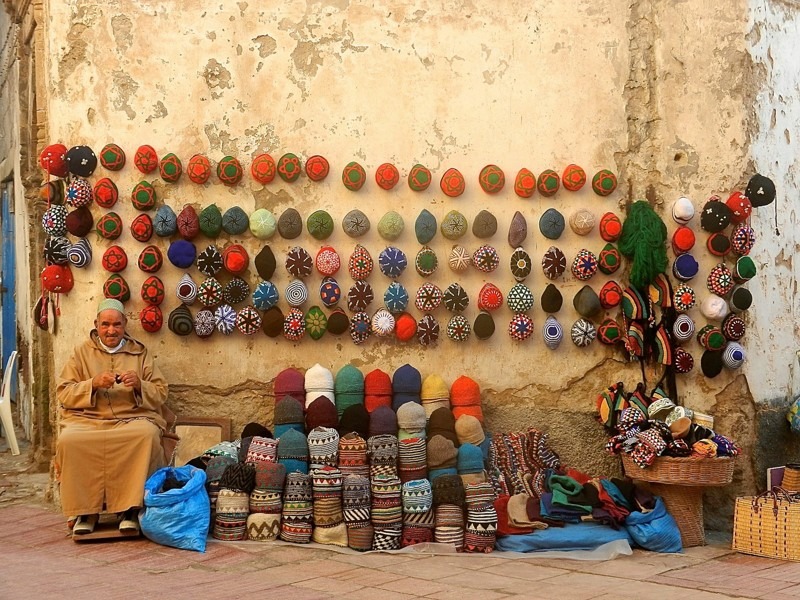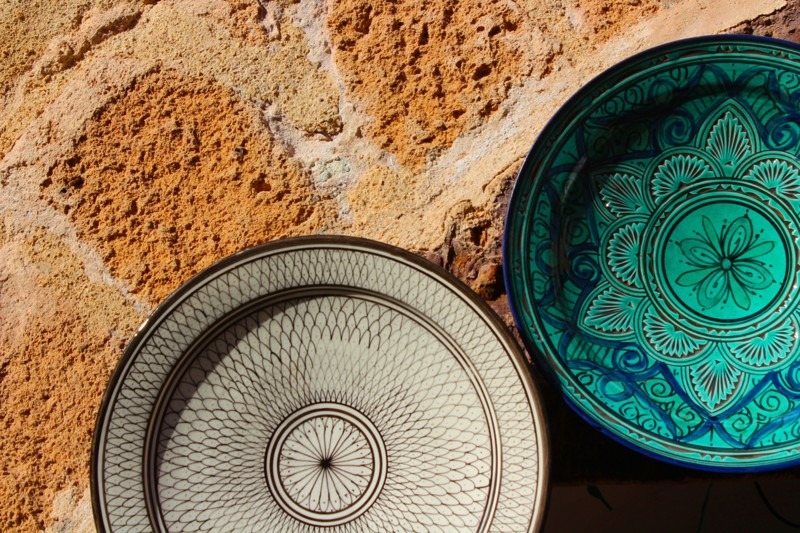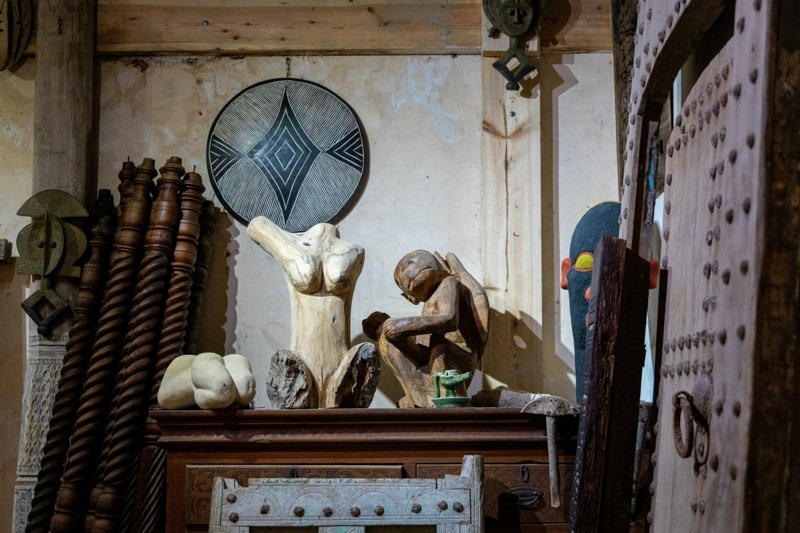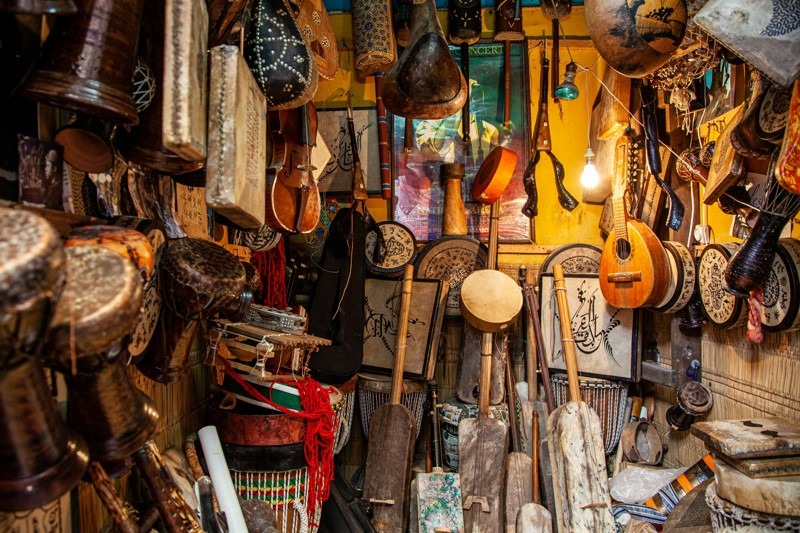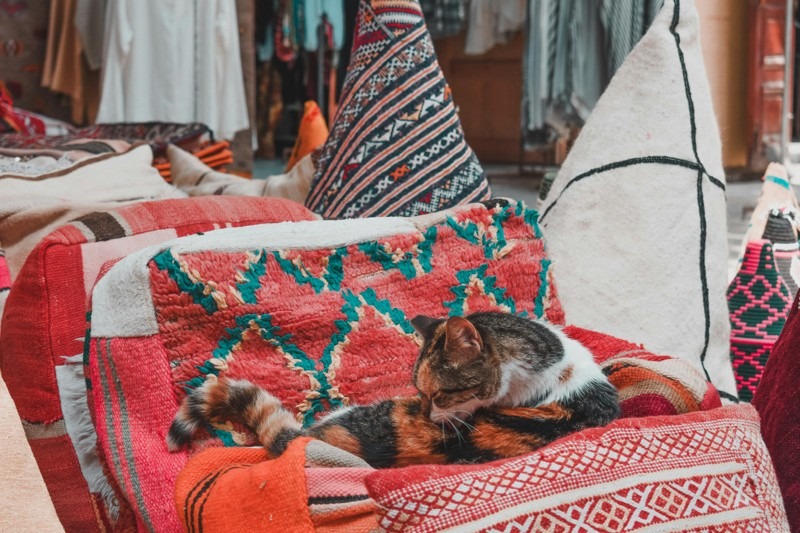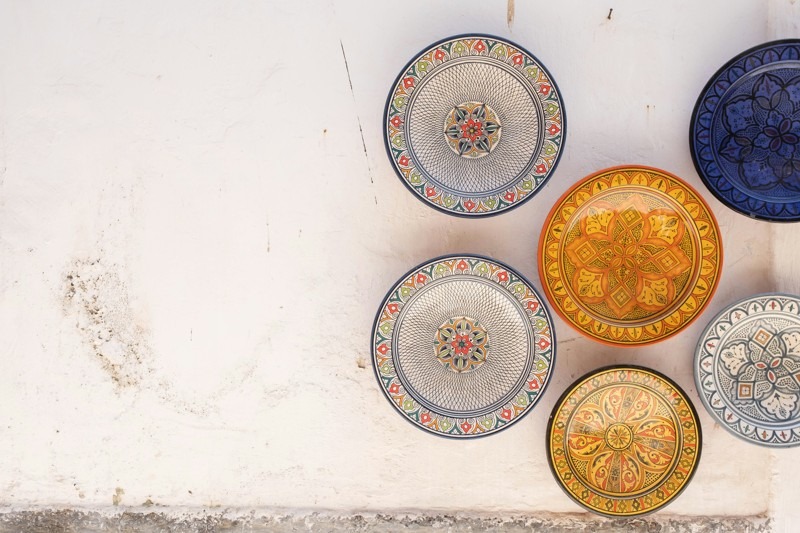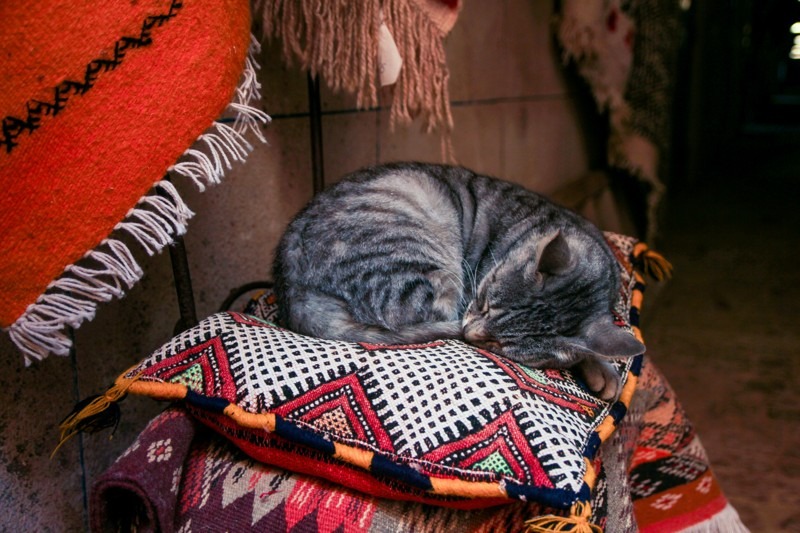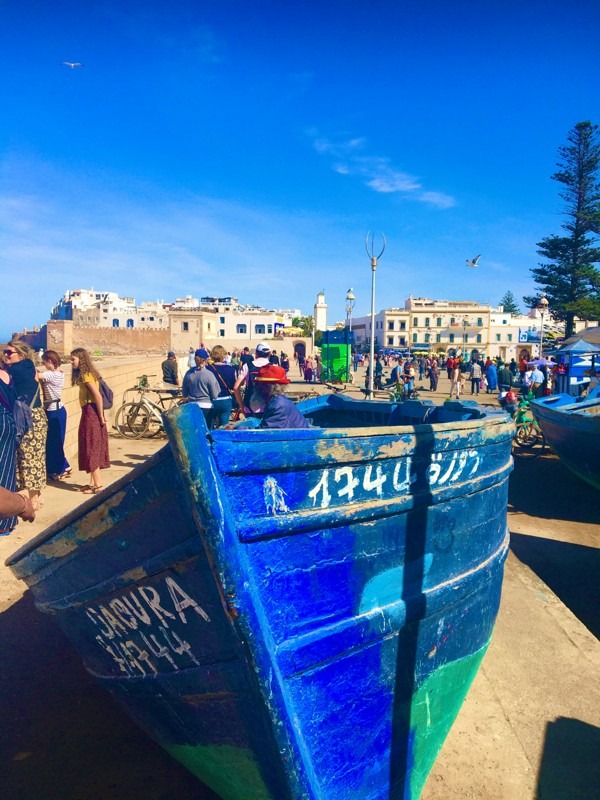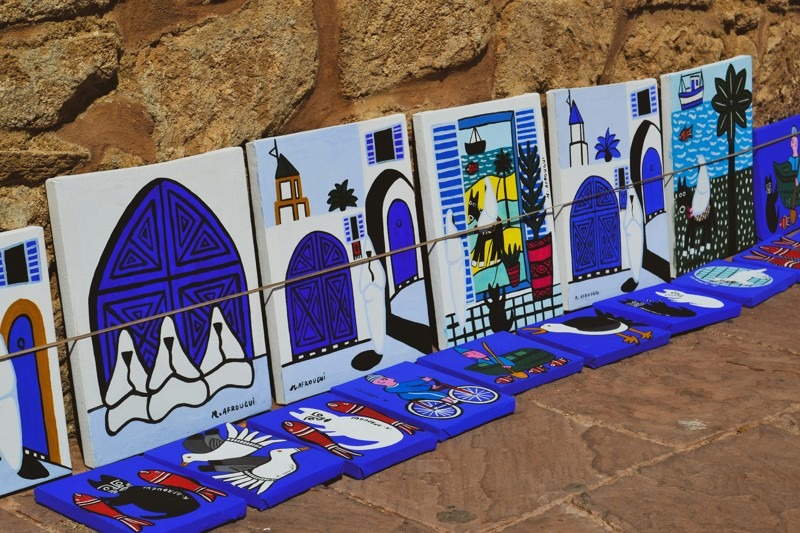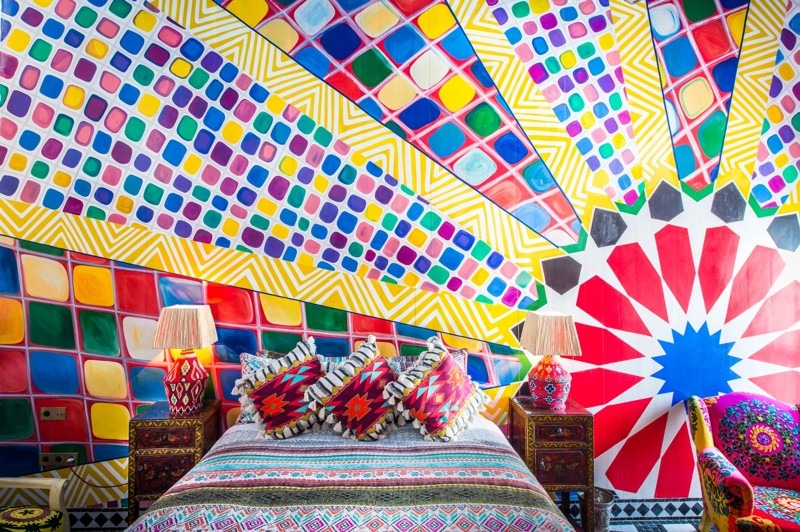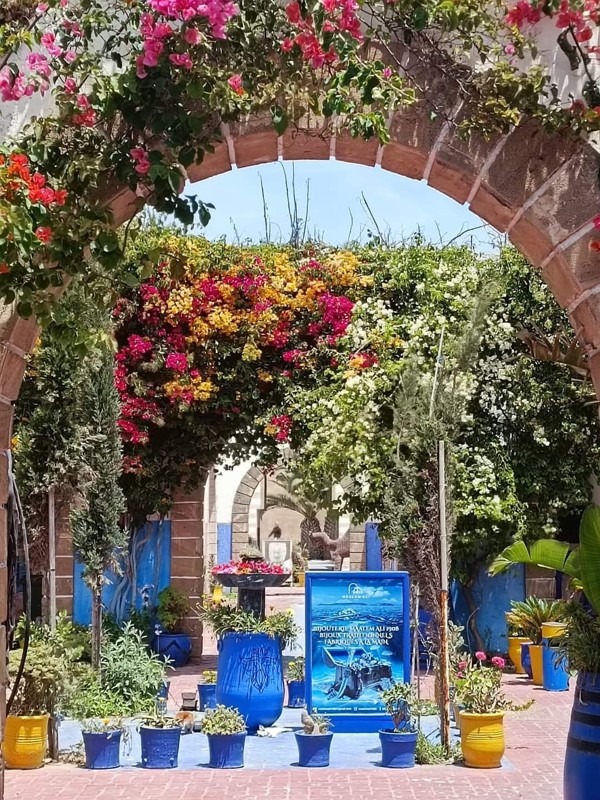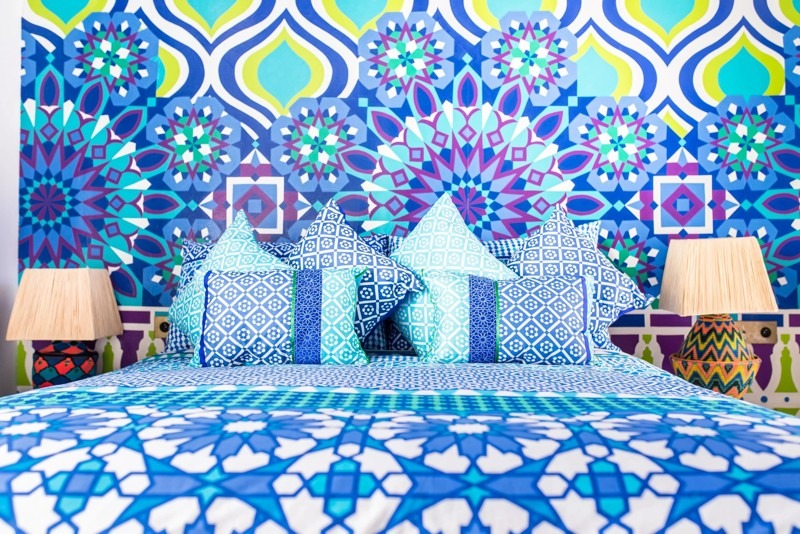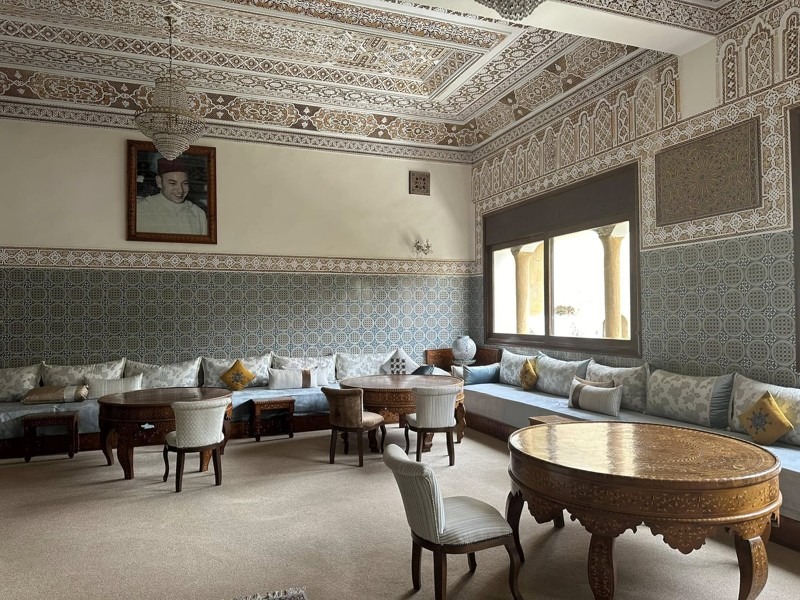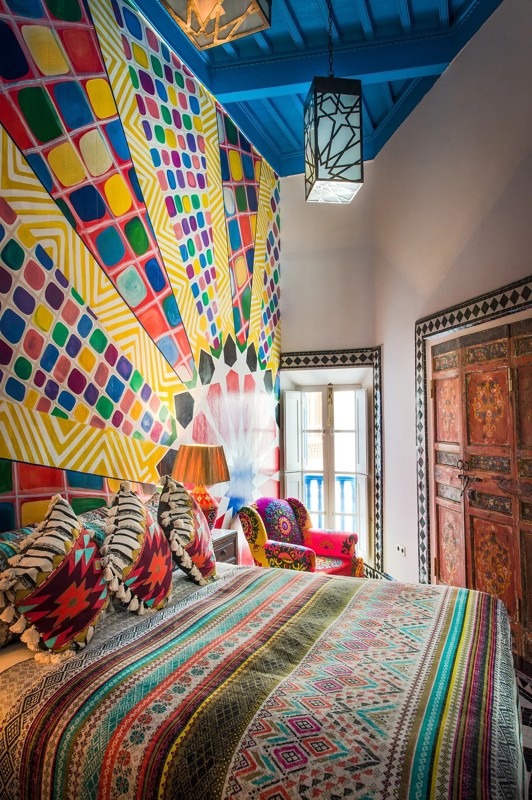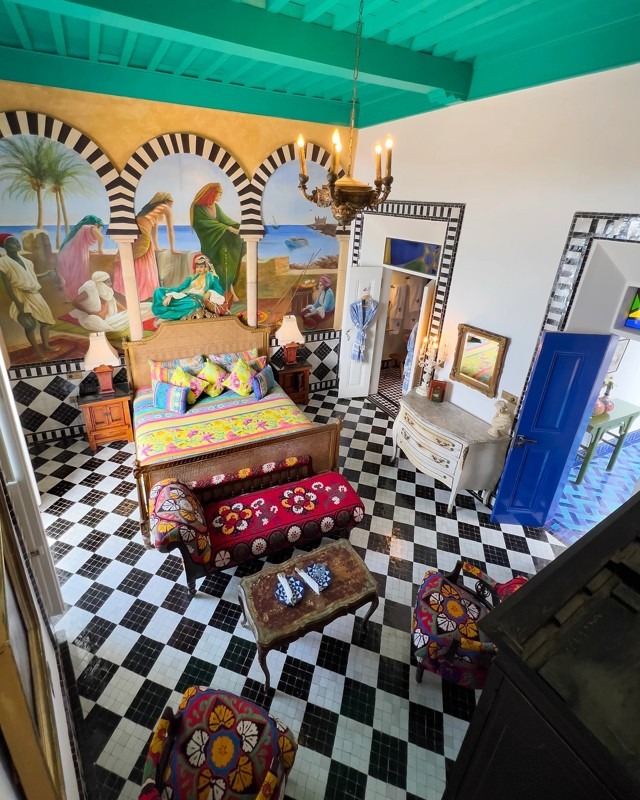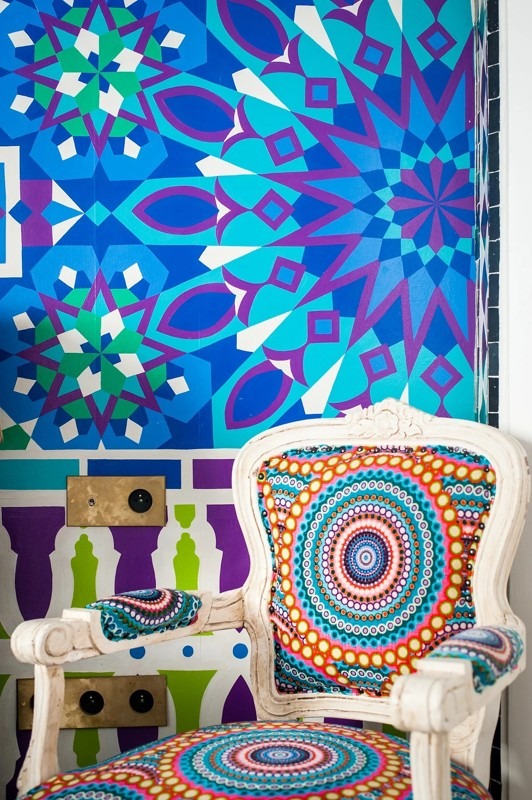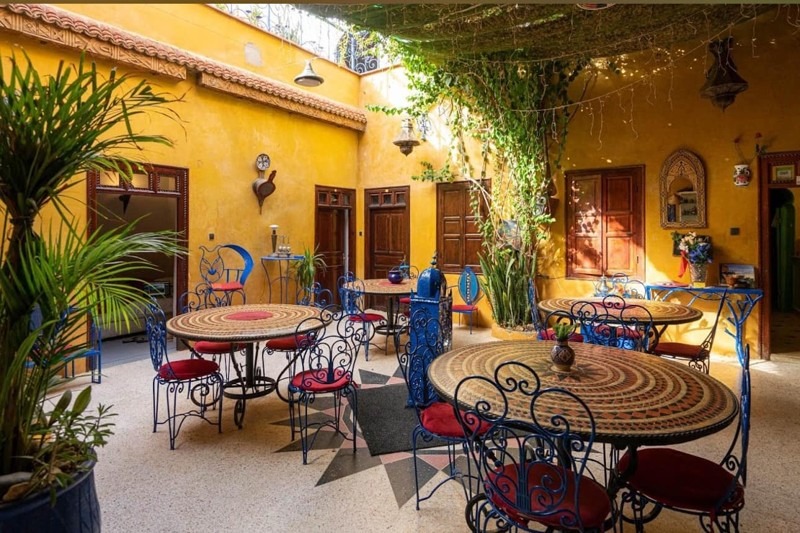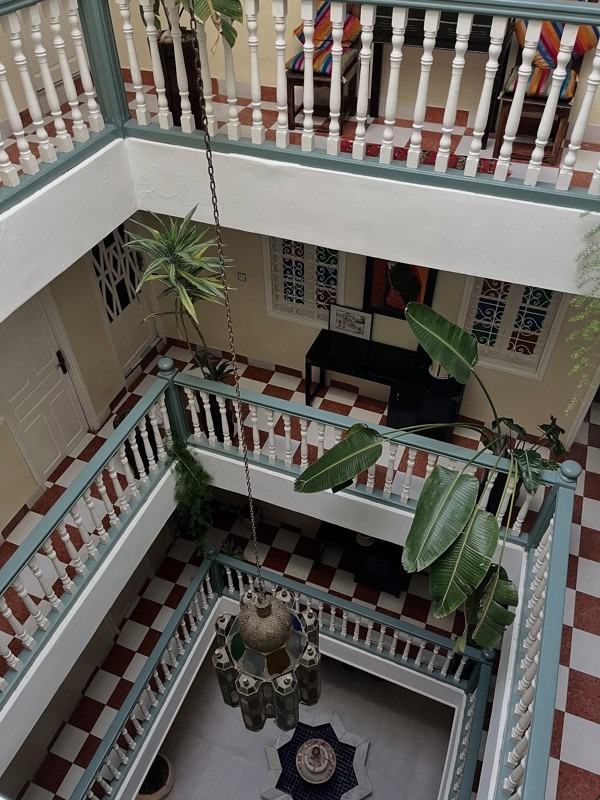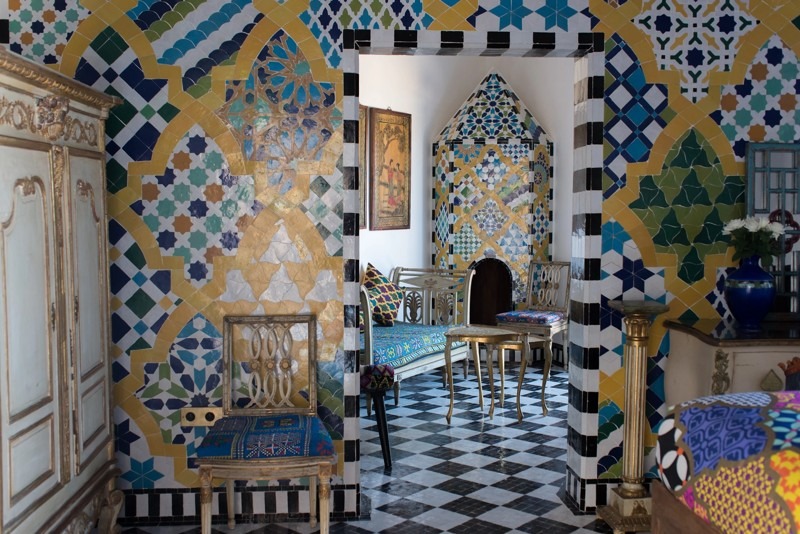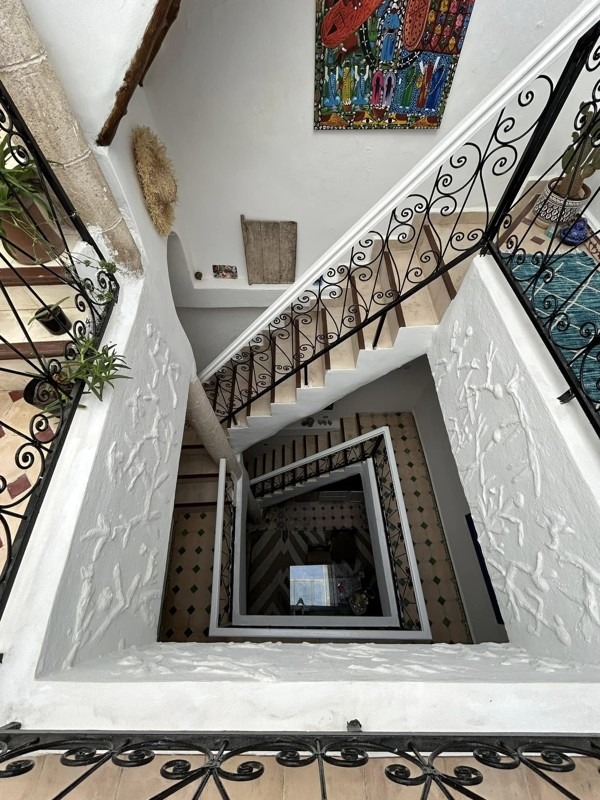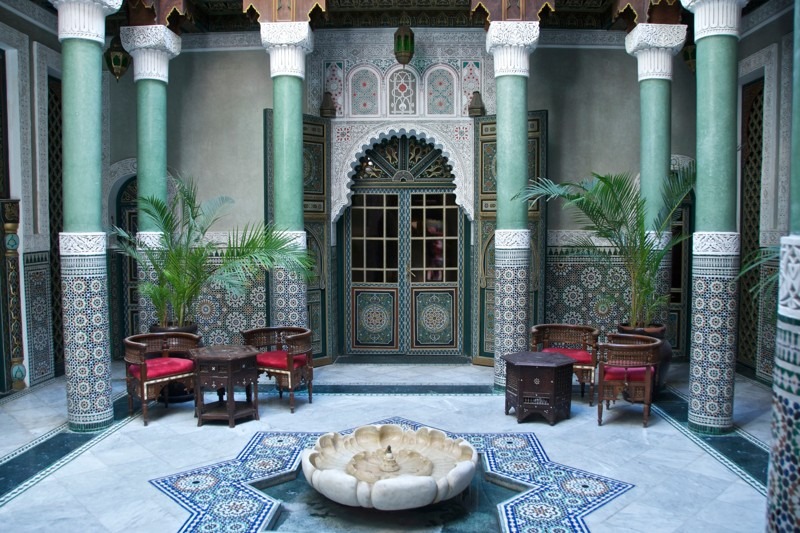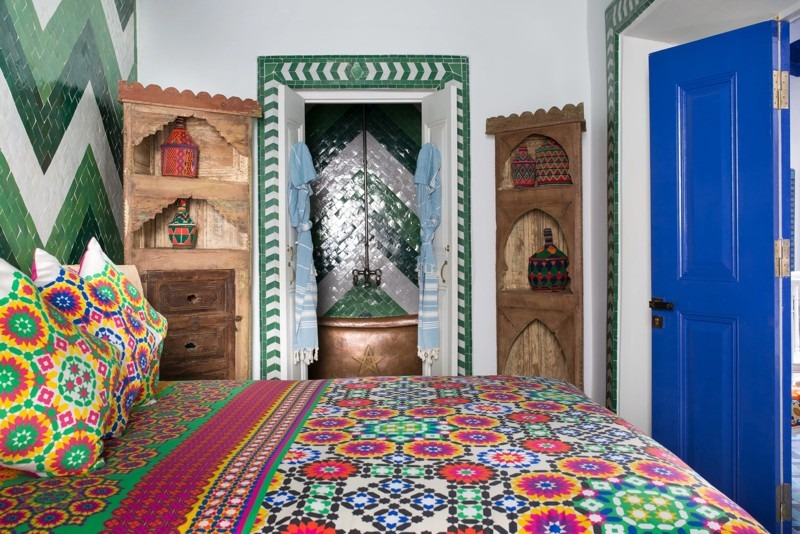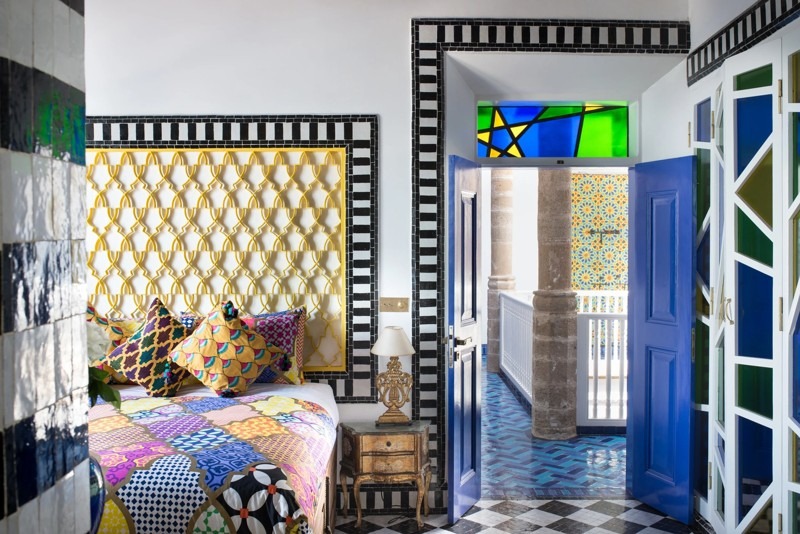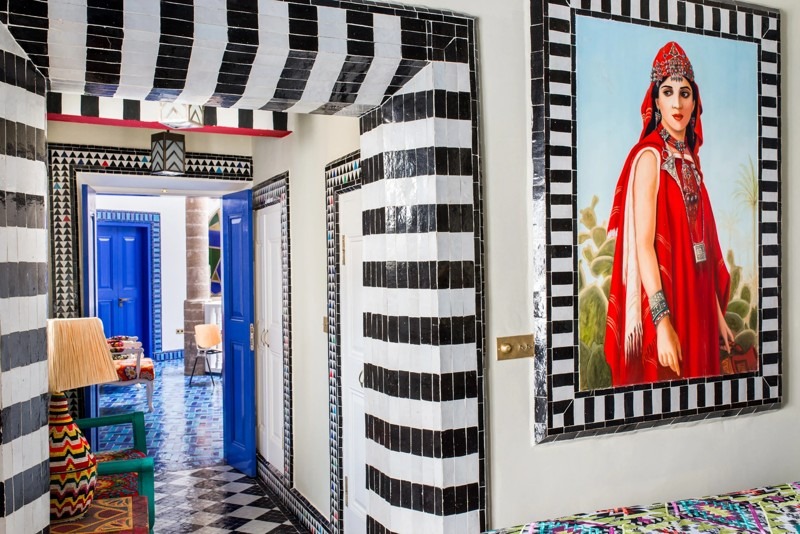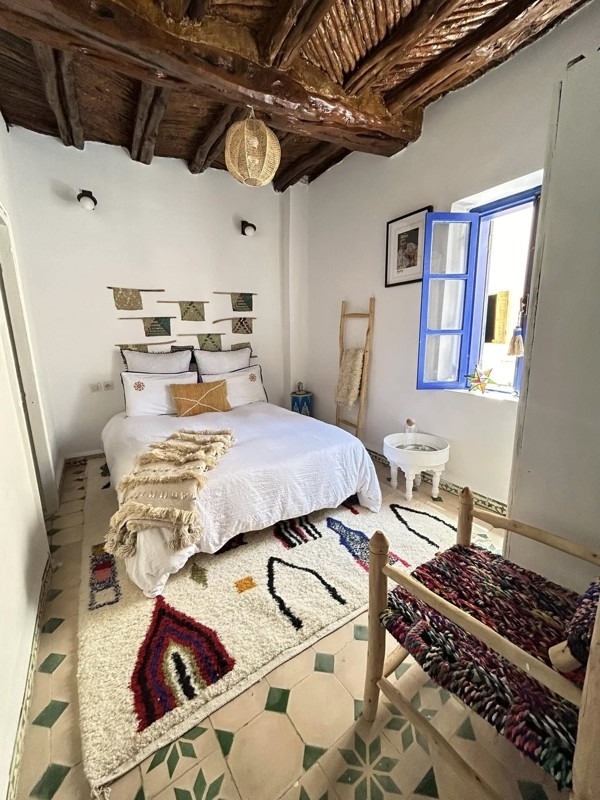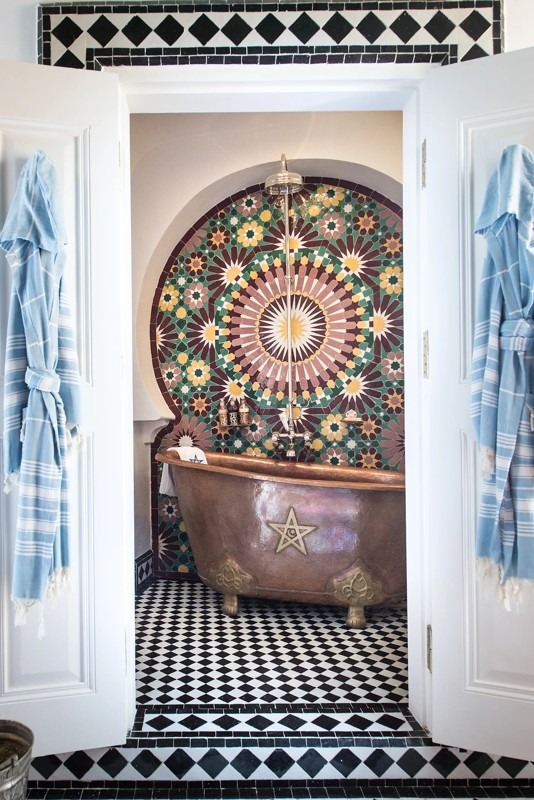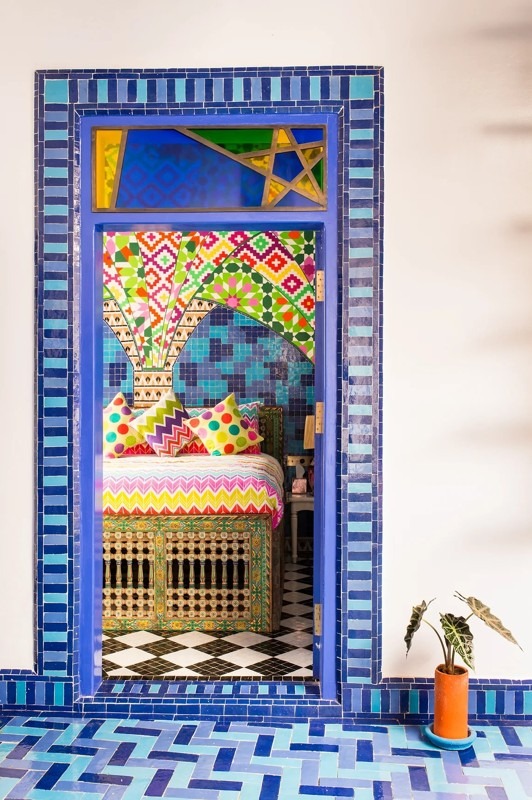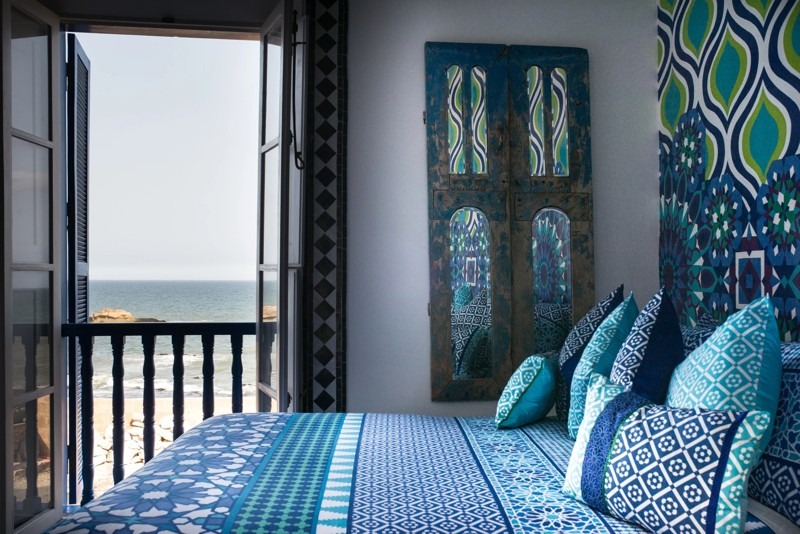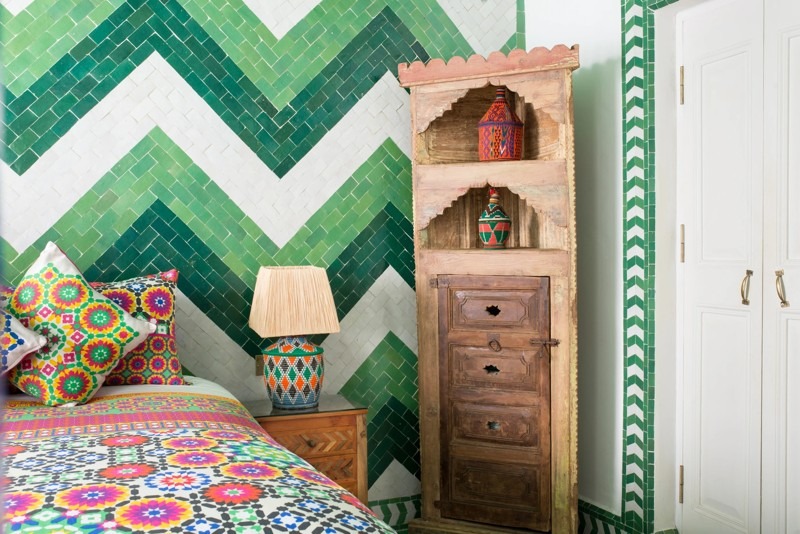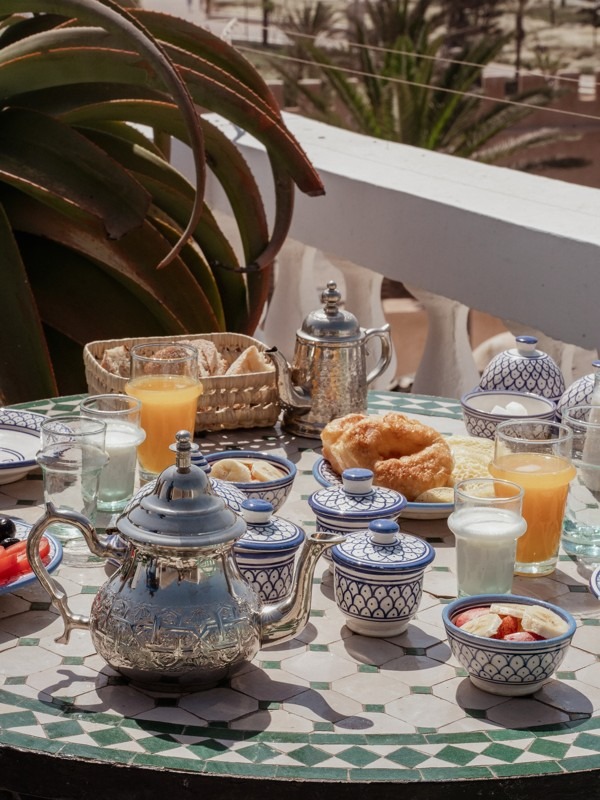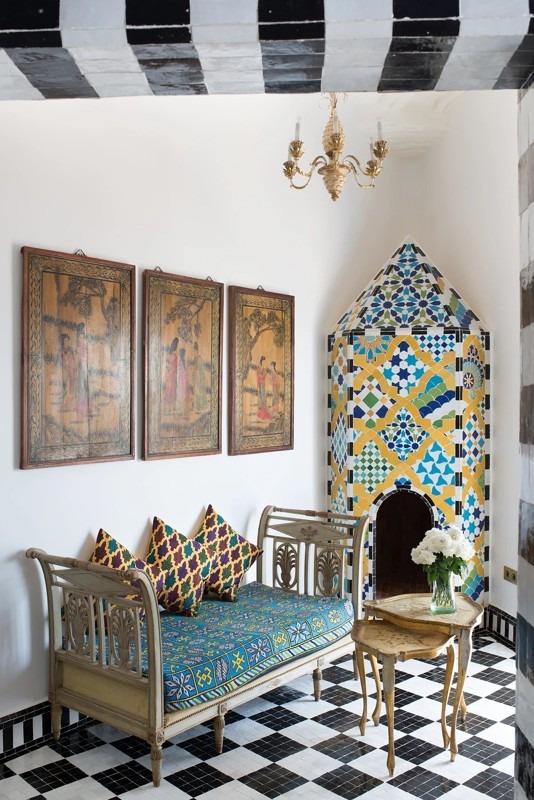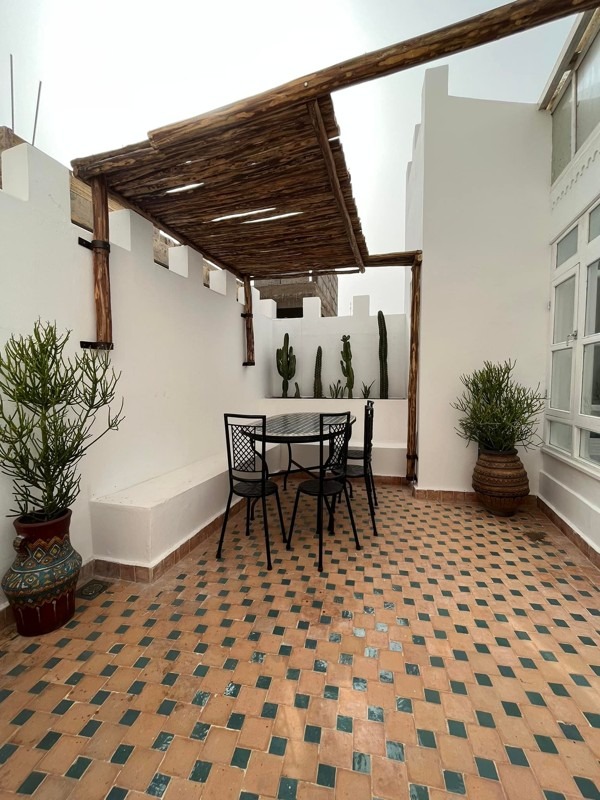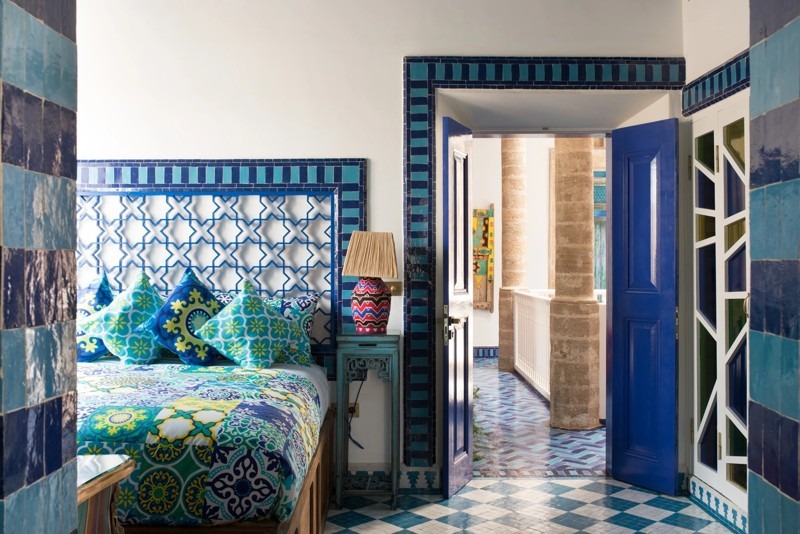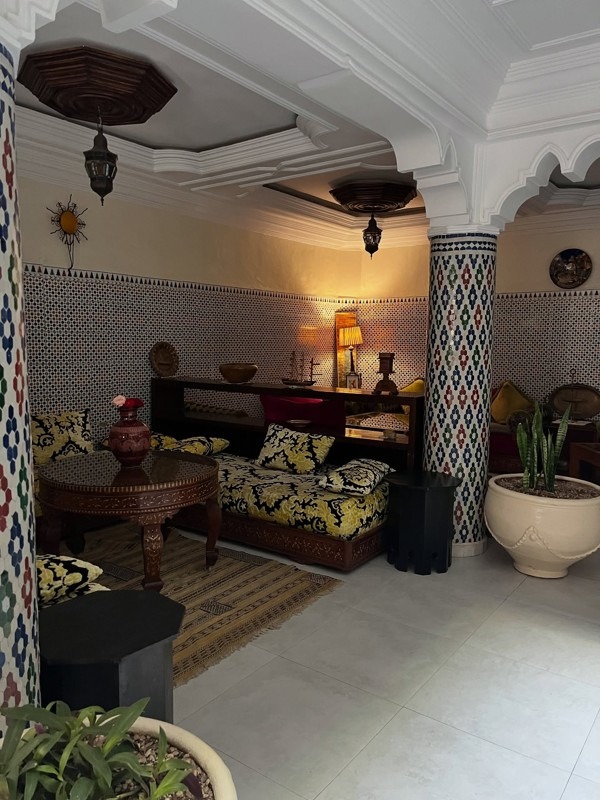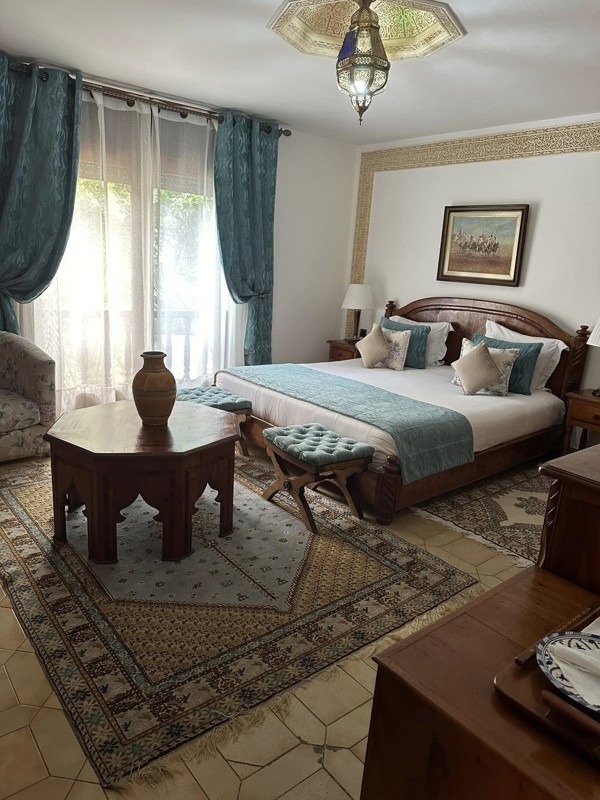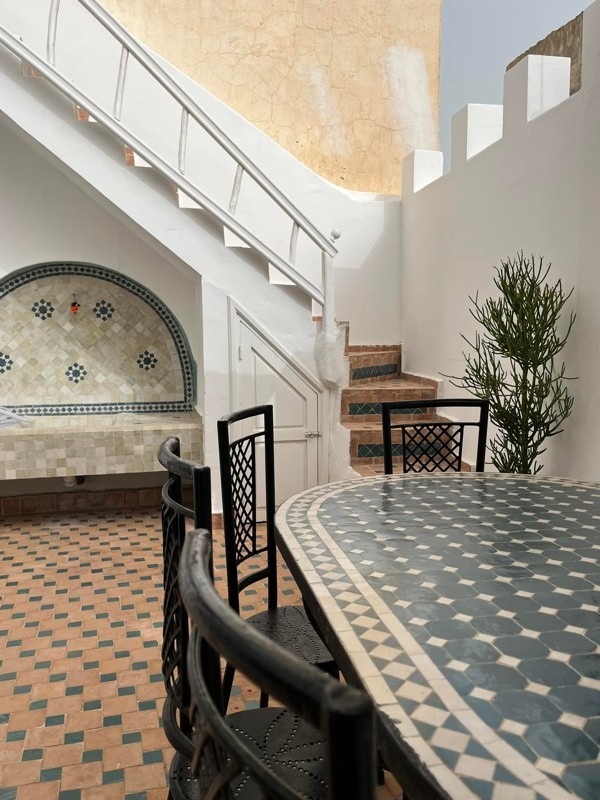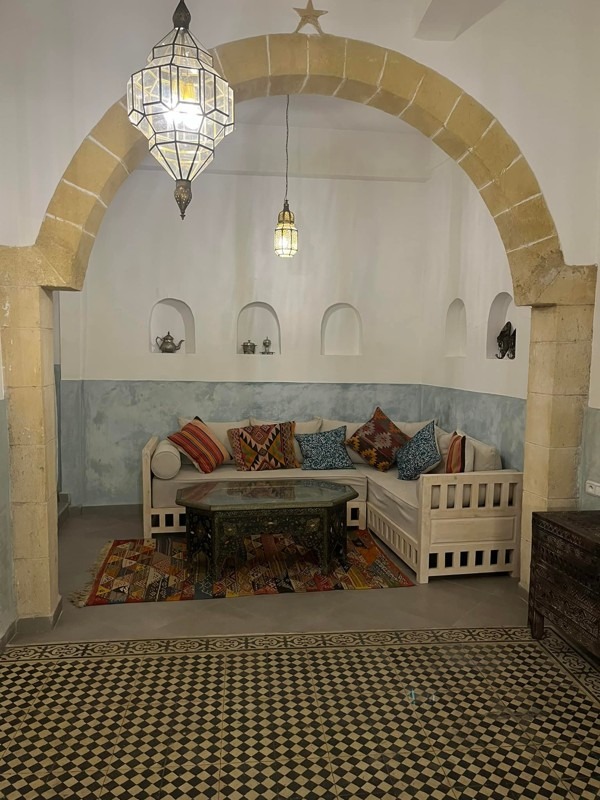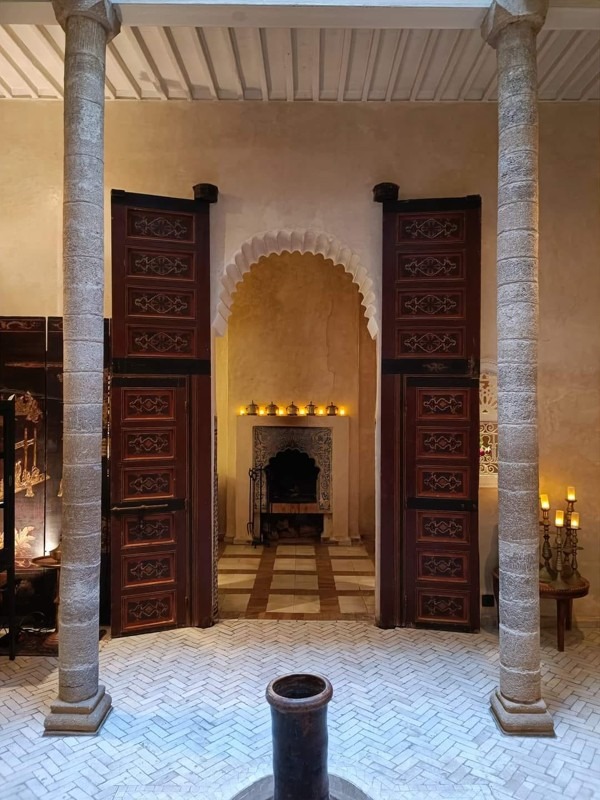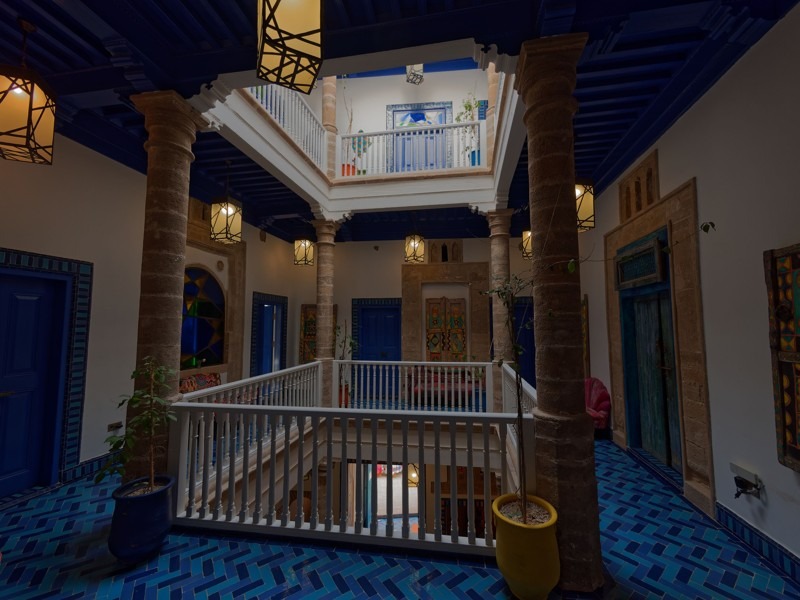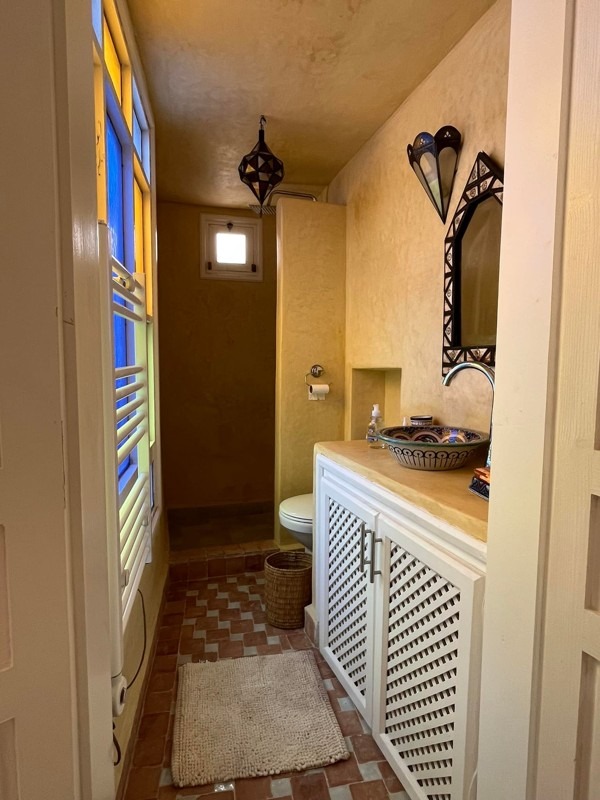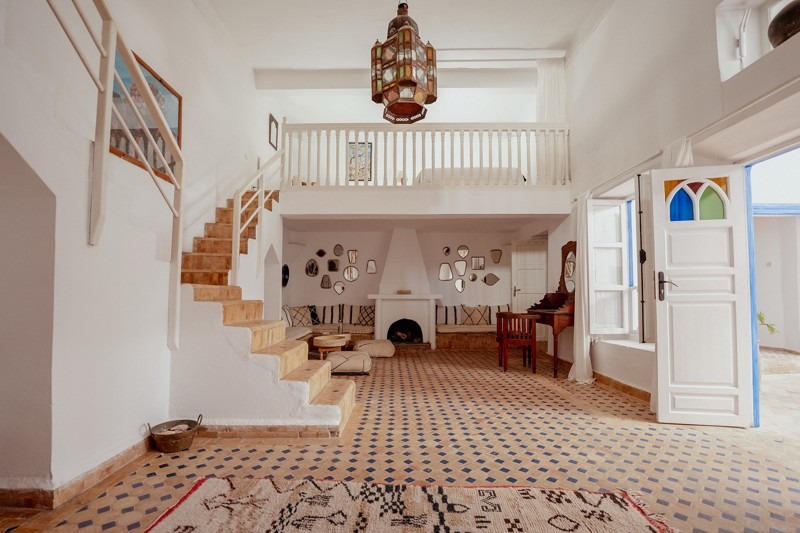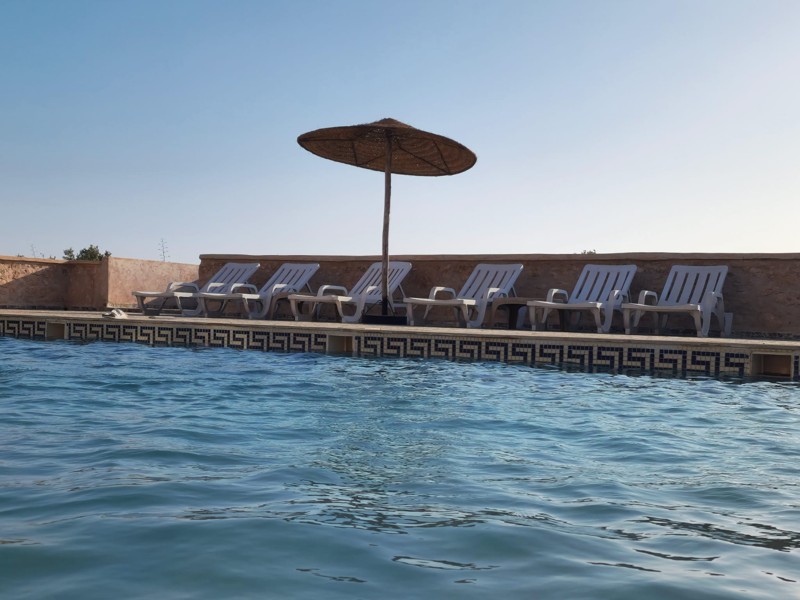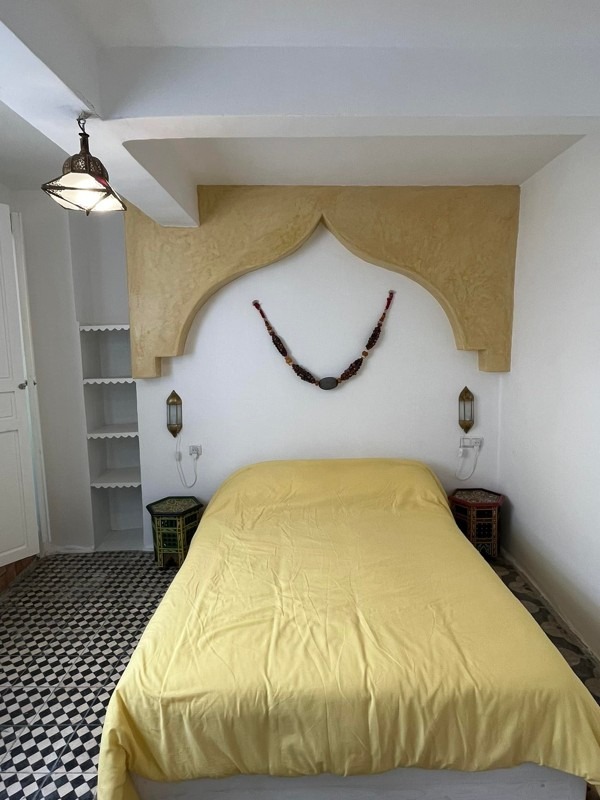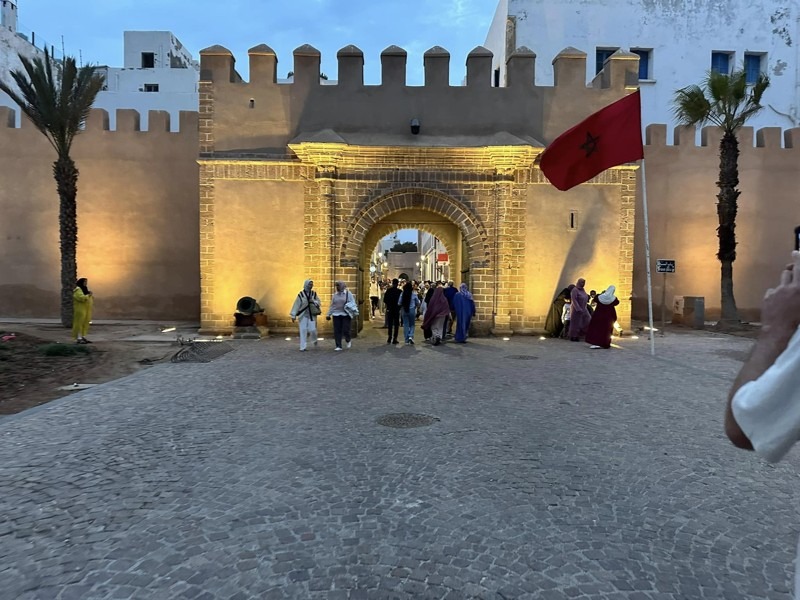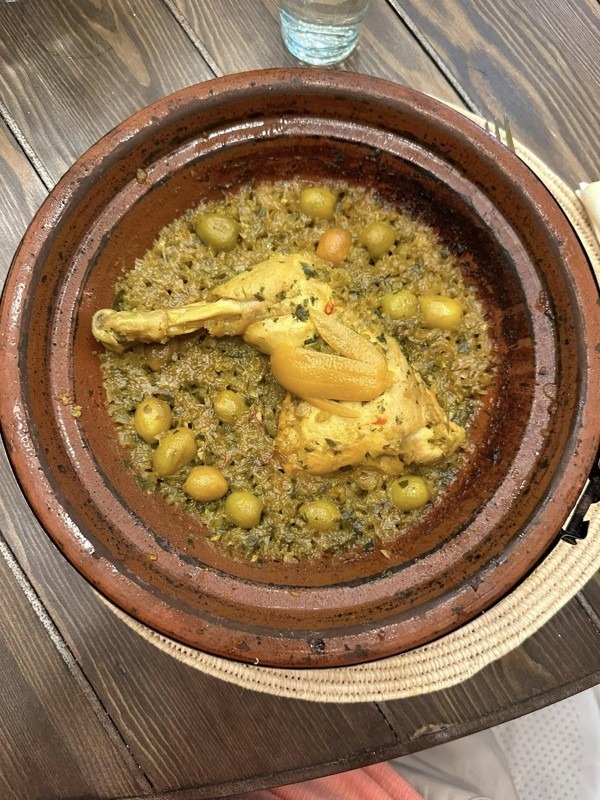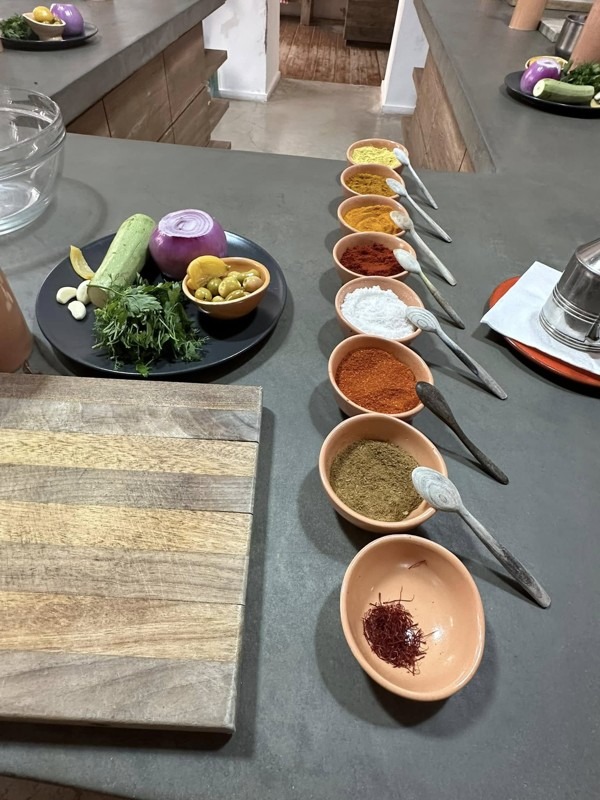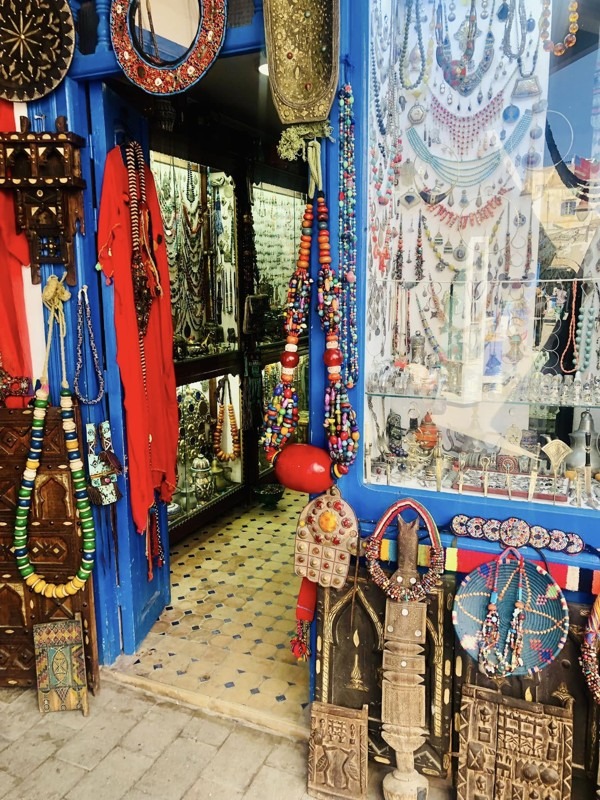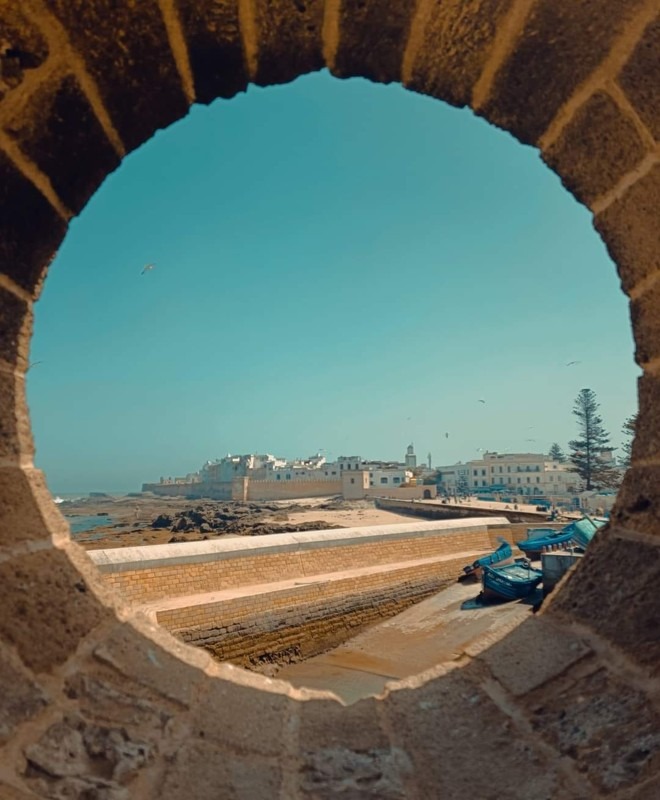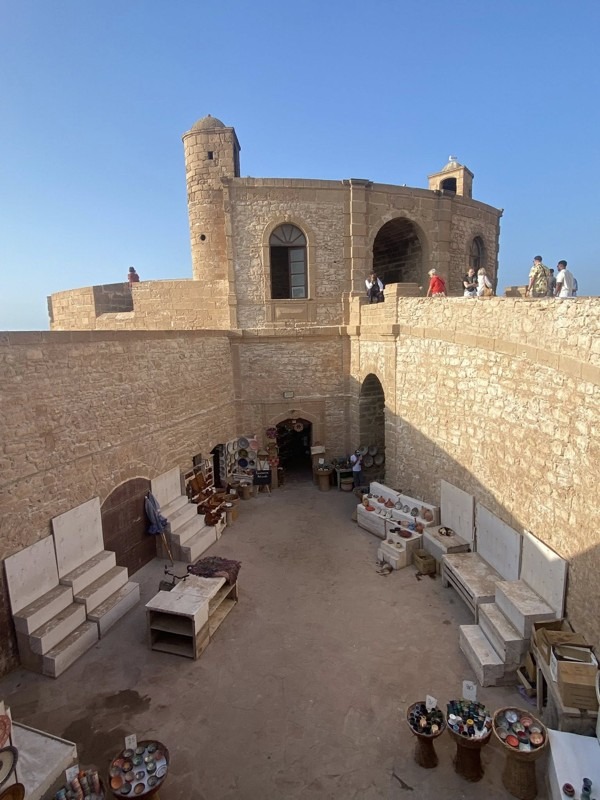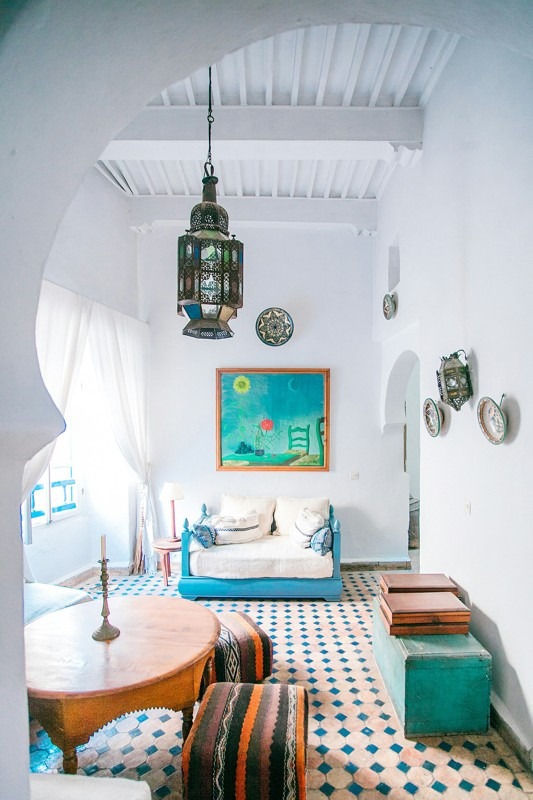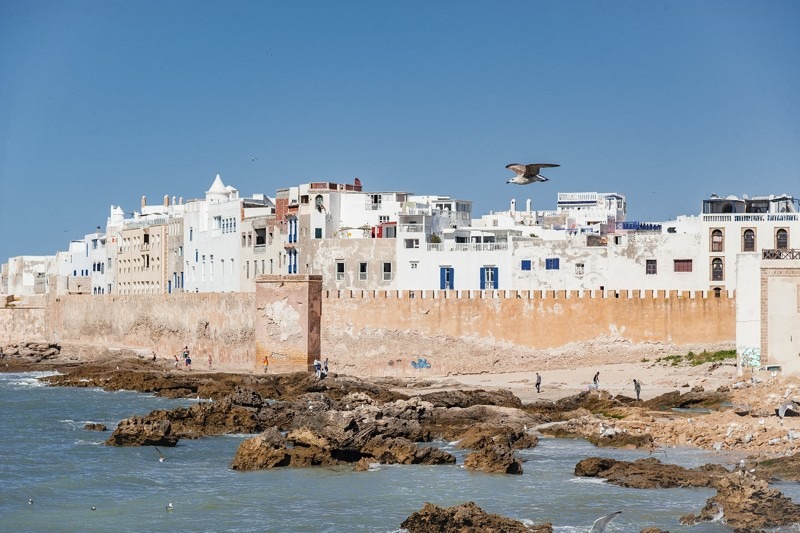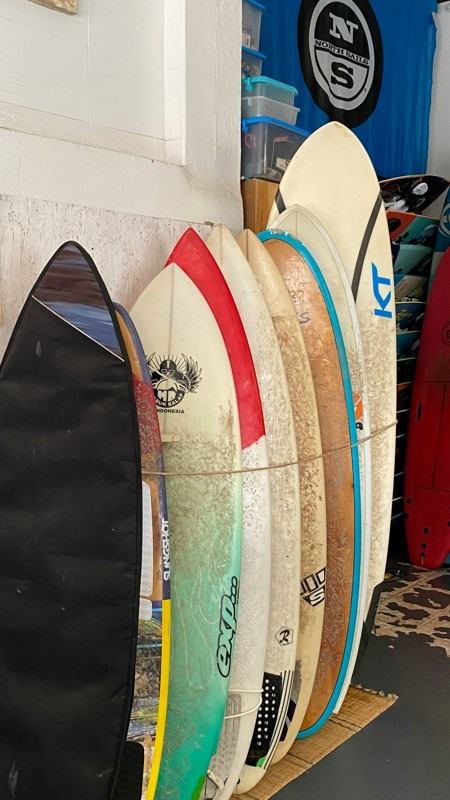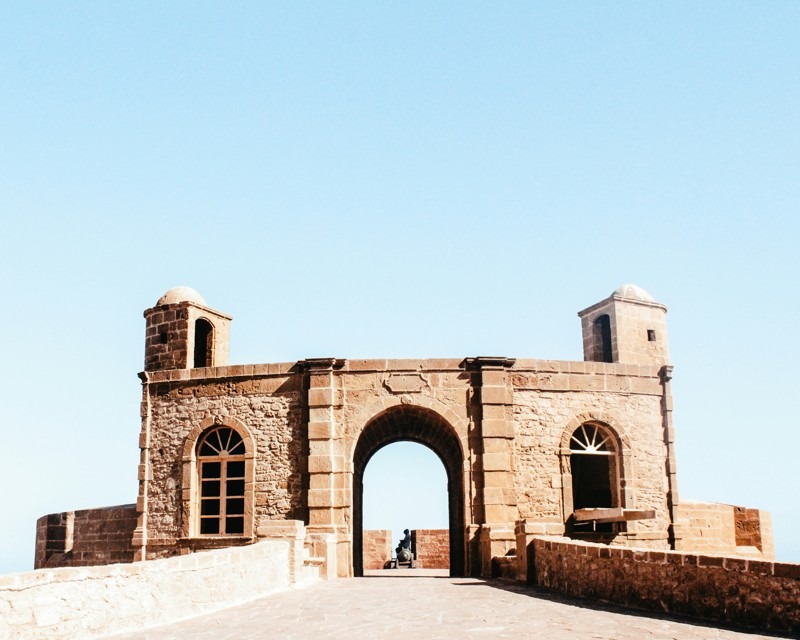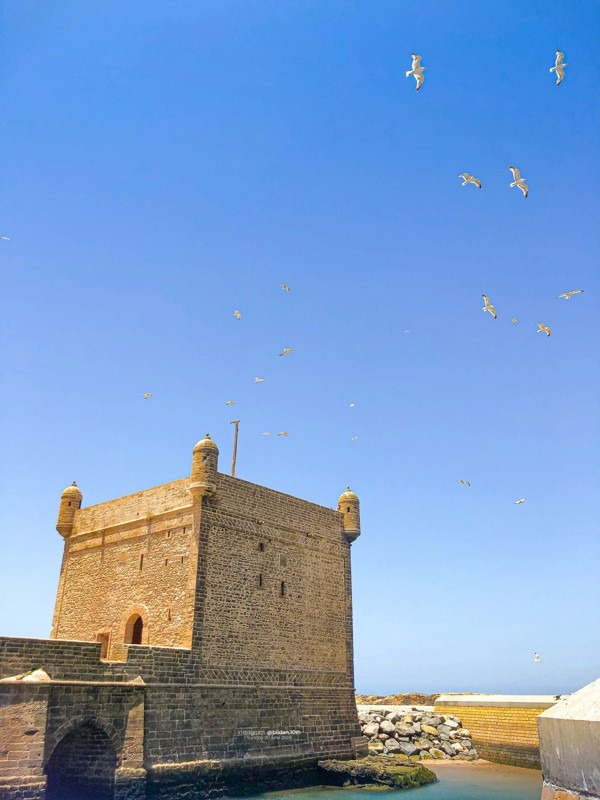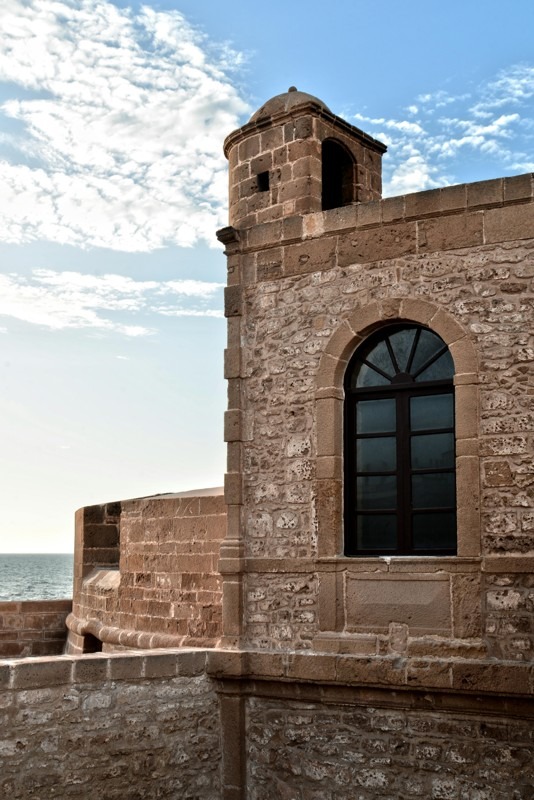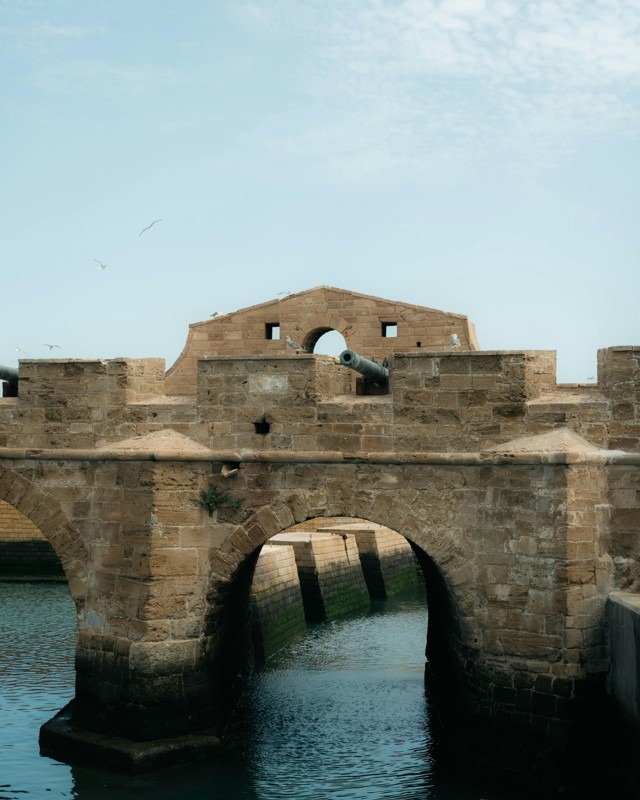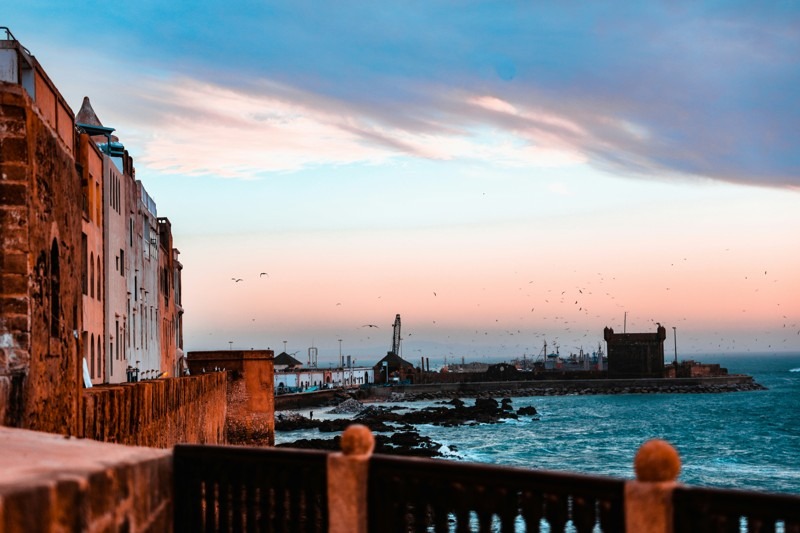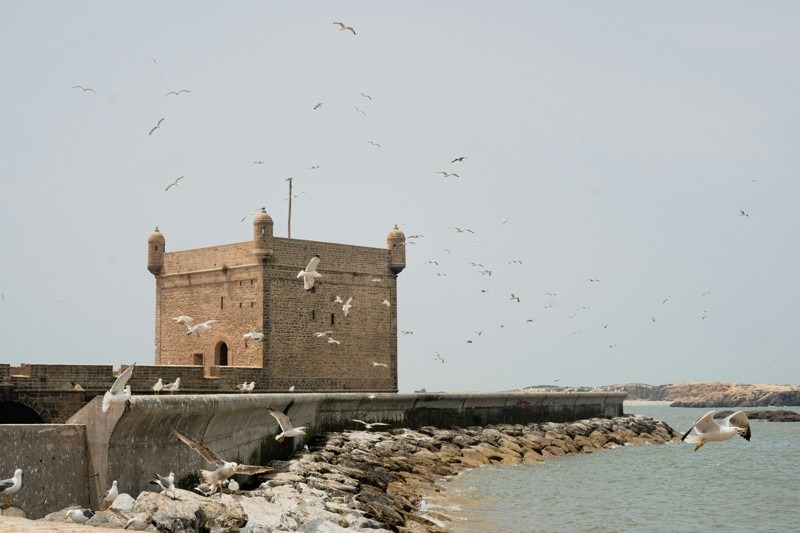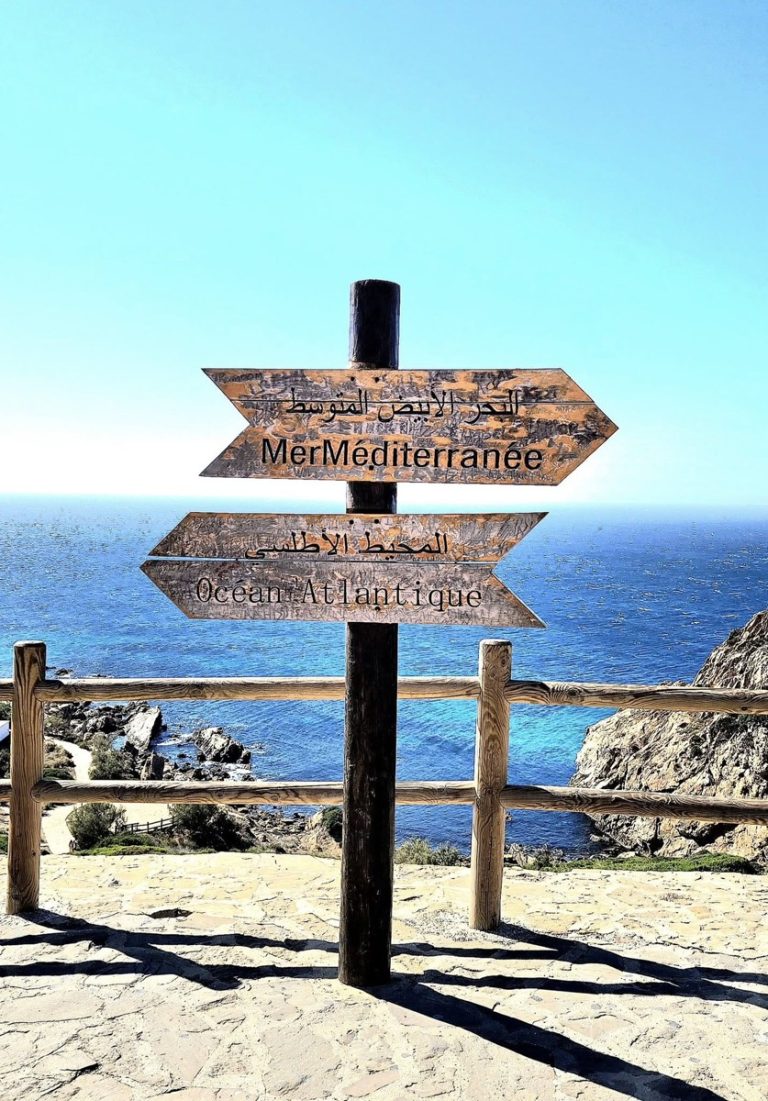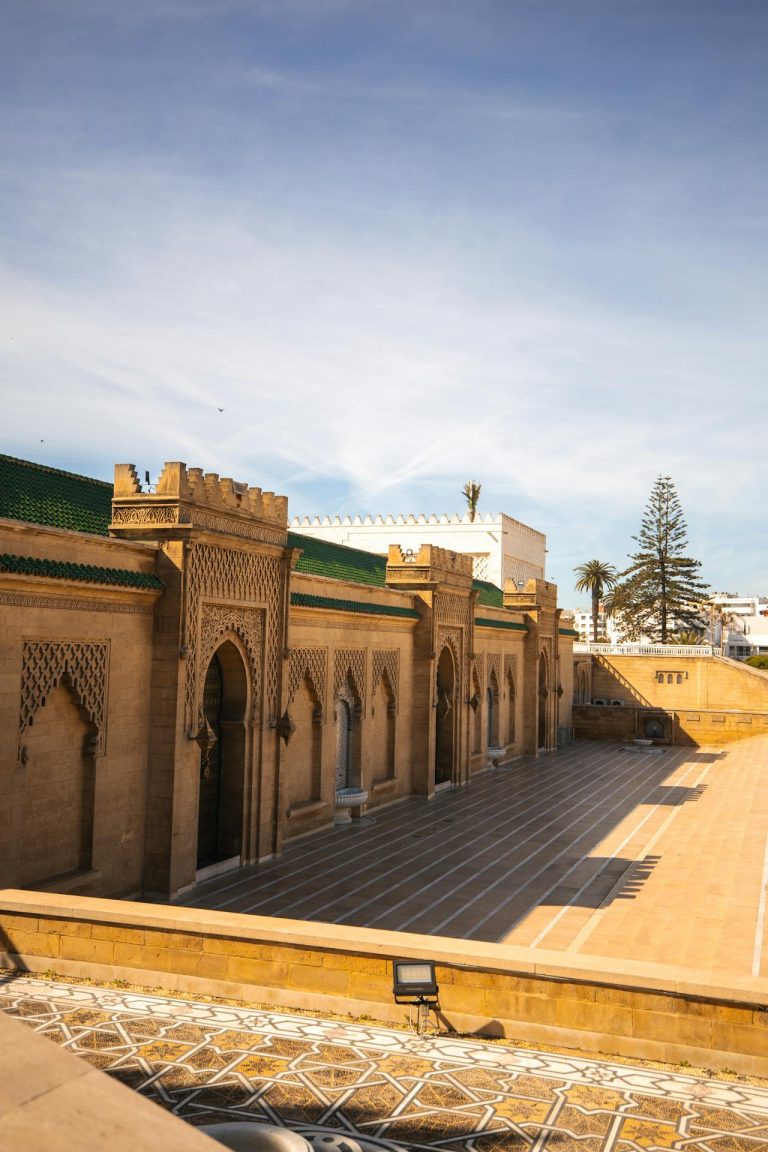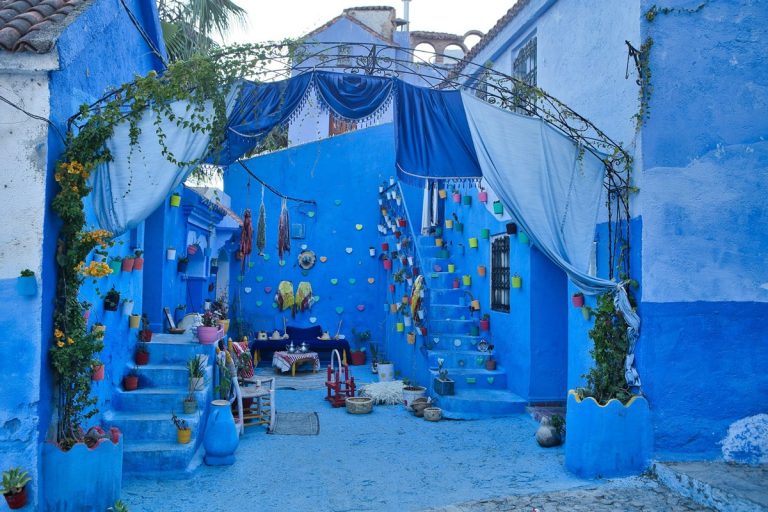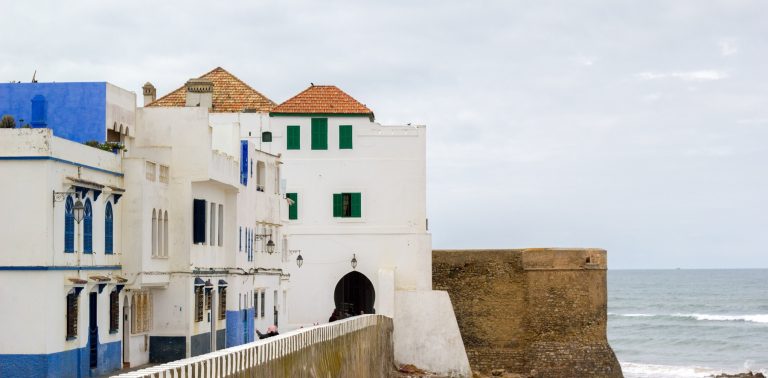Top Reasons to Visit Essaouira: Morocco’s Coastal Gem
Top Reasons to Visit Essaouira? Let me count the ways—though honestly, after three visits to this windswept Atlantic port, I’m still discovering new reasons to fall in love with it all over again. There’s something about this fortified city (originally called Mogador, if we’re being historically accurate) that gets under your skin in the best possible way. Maybe it’s the salt-tinged air mixed with the scent of grilled sardines wafting from the port, or perhaps the way those 18th-century cannons still point defiantly toward the sea, as if daring pirates to try their luck. Whatever it is, Essaouira has become one of my absolute favorite destinations in Morocco—and I’ve explored quite a bit of this magnificent country from my home base in Marrakech.
I remember my first visit like it was yesterday, though it was actually years ago now. I’d heard the comparisons to Saint-Malo in France (thanks to that French architect Théodore Cornut, who designed the place), but nothing prepared me for the actual experience of walking those ramparts for the first time. The light was different here—softer somehow, despite the fierce Atlantic winds that earned this place its nickname as the “City of the Wind.” And unlike the labyrinthine chaos of other Moroccan medinas, Essaouira’s old city was actually planned, which means—praise be—you can actually navigate it without getting hopelessly lost every five minutes.
But I’m getting ahead of myself. Let me take you through exactly why a visit to Essaouira should be on your Morocco itinerary, whether you’re a solo traveler, a couple seeking romance, or a family looking for something beyond the typical tourist trail.
The Medina: A UNESCO Masterpiece That Actually Makes Sense
Most Moroccan medinas evolved organically over centuries, resulting in those wonderfully confusing mazes that tourists either love or find utterly maddening. Essaouira’s different. The Essaouira Medina was designed with an actual blueprint—revolutionary for its time—which gives it this orderly beauty that’s rare in North African cities. When UNESCO designated it a World Heritage Site in 2001, they weren’t just recognizing another beautiful old town; they were acknowledging something truly unique.
Walking through the medina feels like stepping back to the 18th century, except with better wifi and fewer sword fights. The entire old city covers just 30 hectares—you can walk from one end to the other in under 15 minutes if you’re in a hurry (though why would you be?). However, what I particularly appreciate is that, despite its compact dimensions, one could spend days thoroughly exploring every nook and cranny, each artisan workshop, and every concealed courtyard where cats lounge in pools of sunlight.
The architecture here tells the story of cultural convergence. Those fortifications? Pure Vauban military engineering, courtesy of French design principles. But look closer at the doorways, the tilework, and the carved thuya wood details, and you’ll see distinctly Moroccan artistry. It’s this blend that makes the Essaouira Medina so visually compelling—European bones with a Moroccan soul.
I’ve developed this ritual during my visits. Early morning, I head to the medina before the tour groups arrive. The shopkeepers are just opening up, pulling back metal shutters, and arranging their goods. The light at this hour is golden, almost liquid, and it catches the blue-painted doors and whitewashed walls in this absolutely magical way. You can hear the call to prayer echoing off the ramparts, mingling with the cries of seagulls wheeling overhead. It’s in these quiet moments that you really feel the city’s pulse.
One of my most memorable discoveries was stumbling upon Bayt Dakira—the House of Memory—during my second visit. This cultural space, inaugurated in 2020, houses the city’s oldest synagogue and tells the story of Essaouira’s Jewish community. At its height in the 1950s, 16,000 Jewish people lived here in complete harmony with their Muslim neighbors. Inside, there’s this incredibly moving installation: a Quran and a Torah placed side by side in dialogue. It’s such a powerful symbol of the peaceful coexistence that characterized old Essaouira—and honestly, a reminder of what the world could be like if we all tried a bit harder to understand each other.
The Ramparts and Skala: Where History Meets the Atlantic
If there’s one thing you absolutely cannot miss in Essaouira, it’s walking the ramparts. I mean, yes, the port entrance charges about seven euros (the ramparts along the medina are free, thankfully), but it’s worth every dirham. Those Spanish bronze cannons from the 18th century are still there, lined up like sentinels, and they create these incredible photo opportunities—especially at sunset when the light turns everything amber and rose-gold.
The Essaouira attractions related to these fortifications go beyond just military history, though. Film buffs will recognize these walls from Orson Welles’ “Othello,” Ridley Scott’s “Kingdom of Heaven,” and yes—even “Game of Thrones” shot scenes here. When you stand where those productions were filmed, with the Atlantic crashing against the rocks below, you understand why directors keep returning to this location. The setting is inherently dramatic, naturally cinematic.
I’ve made a habit of visiting the ramparts during different times of day because the experience changes completely depending on the light and tide. Morning brings fishermen preparing their boats and mending nets below. At midday, the sun is fierce and the stone walls radiate heat—bring water and sunscreen. But late afternoon? That’s the golden hour, literally. The setting sun casts these long shadows across the fortifications, and if you time it right with high tide, the waves explode against the rocks in spectacular sprays of white foam.
There’s this spot on the northern ramparts where I like to sit and just… exist. Watch the kites and windsurfers doing their acrobatic thing out in the bay. Listen to the wind (which is constant here, let me tell you). Sometimes I bring some fresh bread and a bit of that local amlou spread—almonds, argan oil, and honey ground together into something that tastes like concentrated Morocco. Simple pleasures, but they’re the ones that stick with you.
Port Life: The Heart and Stomach of Essaouira
Right, so let’s talk about the port—because this is where Essaouira really shows you who she is. The fishing port sits adjacent to the medina, and it’s one of the most authentically chaotic, wonderfully alive places I’ve encountered in my travels. You want to know what Essaouira activities give you the real flavor of the city? Start here, early morning, when the boats return from their night at sea.
The scene is sensory overload in the best way. Blue-painted fishing boats bob in the harbor, their colors so vivid against the grey-blue Atlantic. Fishermen haul in their catches—sardines mostly, gleaming silver in the morning light, but also sea bream, turbot, octopus, and if you’re lucky, some magnificent lobsters. Porters push wooden carts piled impossibly high with fish, navigating the narrow spaces between stalls with practiced ease. Seagulls wheel overhead, occasionally swooping down to snatch a prize, which leads to much shouting and flailing of arms.
The fish market itself is unlike anything you’ll find in a sanitized Western supermarket. This is raw, real, unfiltered commerce. Vendors call out their wares, often with spectacular humor—I once watched a fisherman hold up an especially ugly specimen and declare it “beautiful like my mother-in-law!” The crowd roared. Prices are negotiable, though honestly, fish here is so cheap compared to European standards that haggling feels almost silly. I bought a gorgeous sea bass and a kilo of prawns once for fifteen euros—that’s lunch for four people.
Here’s my pro tip, learned through trial and error: buy your fish fresh from the market stalls, but don’t let them grill it right there in the port. I know, I know—it seems romantic, eating at those rickety tables with the boats right behind you. But the quality is inconsistent, and sometimes the fish has been sitting out longer than you’d like. Instead, take your purchase to one of the restaurants in the old medina. For five dirhams per fish, they’ll grill it perfectly and serve it with fresh salads, bread, and that spectacular Moroccan hot sauce that clears your sinuses and makes you feel alive. Some places, like the one with the rooftop I favor, will let you eat there or take it away. The rooftop option is particularly nice—peaceful, with views across the medina and that ever-present ocean breeze.
Now, if you want a truly transcendent seafood experience, let me tell you about sea urchins. I tried them for the first time at one of the port stalls—five dirhams each, cracked open right in front of you. I was skeptical. They look like… well, like something you’d scrape off the bottom of a boat. But the taste? Pure ocean, briny and sweet at the same time, with this creamy texture that’s completely unique. I went back the next day and the day after that. My family thinks I’m mad, but sea urchins have become one of my best things to do in Essaouira—which sounds ridiculous when I say it out loud, but there we are.
Beaches and Wind Sports: Where Earth Meets Ocean and Sky
The Essaouira beaches stretch south from the medina for nearly three kilometers, and they’re spectacular—wide, golden, and backed by those photogenic ramparts. During low tide, the beach reveals itself in all its glory, and you can walk almost to the Îles Purpuraires (Purple Islands) offshore. These small islands, named for the purple dye once extracted from shellfish there, create a picturesque backdrop that changes with the light throughout the day.
But here’s the thing about Essaouira’s beach: it’s not really a “lie in the sun with a cocktail” kind of place. Oh, you can do that—there are private beach sections with loungers and umbrellas for a few euros—but you’d be missing the point. This beach is about action, about energy, about that relentless Atlantic wind that makes Essaouira one of the world’s premier destinations for wind sports.
Essaouira surfing and Essaouira windsurfing attract enthusiasts from around the globe, particularly between April and November when conditions are optimal. I’m not a surfer myself (I tried once and spent most of the time swallowing ocean), but watching the pros is mesmerizing. The bay fills with colorful kites—dozens of them sometimes—soaring and diving and performing acrobatics against that impossibly blue sky. The Essaouira kitesurfing scene has this laid-back, international vibe. You’ll hear conversations in French, English, German, and Arabic, all mixing together in the beach cafés.
Even if you’re not into board sports, the promenade along the beach is perfect for evening strolls. There’s a dedicated path for pedestrians and cyclists (bikes are available for rent), and it’s lovely—especially around sunset when families come out, kids play football on makeshift pitches, and couples walk hand in hand while the sky puts on its daily color show.
During my last visit, I finally tried something I’d been putting off for years: horseback riding on the beach. I’d seen the horses every time I visited; these beautiful Moroccan Arab-Barb horses were being led along the sand, and I always thought, “Next time.” Well, next time finally came, and I’m kicking myself for waiting so long.
The equestrian center I used is run by Hassan at Y Évasion in the village of Diabat, just behind the legendary Jimmy Hendrix café (yes, Jimi Hendrix really did visit Essaouira in 1969—more on that later). Hassan matched me with a gorgeous horse named something I definitely mispronounced, and we set off along the beach for a two-hour ride that cost 300 dirhams (worth every penny). There’s something about the rhythm of a horse at canter on wet sand, the wind in your hair, the ocean stretching endlessly beside you—it’s pure freedom. I learned to trot properly during my visits to Hassan, and I keep coming back because it’s become one of those Essaouira activities I literally crave when I’m back in Marrakech.
If horses aren’t your thing but you want that desert-romance vibe, try the dromedary rides at sunset. I met Mostapha from Lima Dromadaire on my last trip, and honestly, I wasn’t expecting much—I thought it would be touristy and awkward. However, climbing aboard that dromedary—an experience easier than you might expect and surprisingly comfortable—followed by setting off in a small caravan along the beach as the sun melted into the Atlantic, was truly remarkable. That was actually a profound experience. The dromedary’s gait rocks you gently, almost meditatively, and for 200 dirhams you get an hour of pure tranquility. We were four people in our caravan, and nobody spoke—we just watched the sky turn from blue to pink to gold to purple, with those distant mountains creating silhouettes against the fading light.
Culinary Adventures: Fresh Fish and Local Flavors
Let’s be honest—much of travel is about eating, and Essaouira delivers on this front with spectacular enthusiasm. The city’s position on the Atlantic means seafood dominates the culinary scene, but there’s so much more to discover if you venture beyond the obvious tourist restaurants.
Sardines are king here. The restaurants in Essaouira serve them in a dozen different ways, but the simplest is often the best: grilled over coals, brushed with a bit of olive oil, maybe some chermoula spices, and served with bread and salad. At the fish market, you can buy a kilo of sardines for ten dirhams. Ten! For a kilo! It’s almost absurd. The nutritional quality is excellent too—all those omega-3s—and the taste when they’re this fresh is completely different from anything you’ll find in a can.
But here’s where it gets interesting: there’s this place in the medina called Fishburger that’s taken the humble sardine and elevated it to art. I’m not exaggerating. They make sardine burgers with a sweet-savory confit onion that’s distinctly Moroccan, and the sardine patty literally melts in your mouth. They also serve fancy sardines and sardine croquettes with a stuffing that somehow balances and enhances the fish flavor rather than masking it. The creativity here is remarkable, and it’s become one of my favorite spots—not just for the food but for the atmosphere, which is lively and welcoming and often involves spontaneous music or conversation.
For breakfast, forget your French pastries (I know, I know—we’re geographically close to France, but hear me out). Head instead to Miloud’s place for bissara—a fava bean soup that’s the traditional breakfast of the Souiris, as Essaouira’s residents are called. It’s thick, filling, delicious, and costs less than a euro. Served with mint tea and fresh bread, it’s the perfect fuel for a morning of exploring. The first time I tried it, I was skeptical—bean soup for breakfast? But it’s become one of those things I genuinely crave. The texture is creamy, the flavor is earthy and satisfying, and it’s just… right, especially on a cool morning when the wind is whipping through the medina.
I have to mention amlou here too, even though it’s technically a condiment rather than a meal. This local spread—almonds ground with argan oil and honey—is spectacular. My favorite way to eat it is in a hot pancake prepared fresh in the medina, with an almond topping for extra texture. The guys at this one stall near the ramparts know me now; they start preparing my pancake the moment they see me coming. It’s these small rituals, these repeat performances, that make Essaouira solo travel so comfortable. You develop routines, favorite spots, and familiar faces.
Coffee culture here is surprisingly good too. I’ve found my place—Brotherhood—where I sit at the counter, chat with the friendly baristas, and just soak up the atmosphere of this colorful, woody little shop. The coffee is excellent, and the vibe is casual and welcoming rather than hipster-pretentious. Sometimes, the little things that make a place special are the little things that make it special, like a good espresso, a friendly face, or a moment of peace.
The Artistic Soul: Galleries, Music, and Craftsmanship
One of the aspects that makes Essaouira for couples so appealing (though really, it works for everyone) is the incredibly rich artistic culture. This isn’t manufactured tourism; it’s genuine local creativity that’s been part of the city’s identity for centuries.
Walk through the medina and you’ll encounter artisans everywhere. There’s a cabinetmaker I watched for ages, his hands moving with practiced precision as he crafted a guembri—that three-stringed lute central to Gnawa music. He was adorning it with mother-of-pearl inlay, tiny pieces placed one at a time to create intricate geometric patterns. The patience and skill required for this work is extraordinary, and it’s happening right there in the open, with no hidden workshop or Instagram artifice.
The guembri, by the way, is made from interesting materials: the soundboard is camel neck skin (specifically the neck, stretched and dried), and traditionally the strings were made from drum intestines, though modern versions use different materials. I had the incredible fortune to meet a Maalem—a master musician—who explained all this to me over mint tea in his workshop. The kindness and hospitality were humbling. He didn’t have to spend his afternoon educating an ignorant tourist, but he seemed genuinely pleased to share his knowledge and his passion.
If you visit in June, you can experience the Essaouira festival’s highlight: the Gnawa and World Music Festival. I haven’t managed to align my visits with the festival yet (one of these years!), but I’ve attended smaller Gnawa performances in the city, including one at the Taros—an Essaouira institution where they host concerts nightly. The music is hypnotic, almost trance-inducing, with that deep guembri bass line and the rhythmic clapping and the call-and-response vocals. It’s Sufi music, spiritual music, and even if you don’t understand the Arabic lyrics, you feel it in your bones.
The art gallery scene in Essaouira is another revelation. The Gallery La Kasbah, housed in a restored 18th-century riad in the heart of the medina, completely blew me away. It’s organized around a central courtyard with rooms on multiple levels, and they showcase works from over 100 artists—local Essaouira artists, Moroccan artists from elsewhere, and international artists. The styles range from surrealism to impressionism to abstraction, naive art, realism, calligraphy… You can spend hours moving from room to room, always discovering something new and extraordinary. They also have applied arts: ceramics, furniture, traditional carpets, and sculptures. Best of all? Entrance is free. It’s a gift to the city and visitors alike.
Thuya wood products are everywhere in Essaouira—this is THE local specialty. The wood comes from the trunk and root of the thuya tree, and artisans often combine it with mother-of-pearl, metal, and other woods to create multicolored, intricate pieces. In ancient Rome, Moroccan thuya was highly prized, and that tradition continues today. You’ll find everything from small boxes to elaborate furniture, all featuring those distinctive swirling grain patterns. Even if you’re not in the market for a major purchase, pick up a small thuya souvenir—a keychain, a small bowl, whatever fits in your luggage and your budget. The craftsmanship deserves support.
Silver jewelry is another Essaouira specialty. The Malem Ali artisanal jewelry center showcases Berber, Arab, and Jewish jewelry traditions, with both traditional and contemporary designs. There’s even a small workshop on-site where you can watch artisans at work and young apprentices learning the trade. The staff is helpful without being pushy—you can browse, ask questions, and learn about the different styles and symbols without feeling pressured to buy. It’s refreshing, honestly, compared to some more aggressive sales tactics you encounter elsewhere in Morocco.
Accommodation: Finding Your Perfect Base
The Essaouira hotels and Essaouira Riads range from budget-friendly guesthouses to luxury restored properties, and honestly, you can find something wonderful at almost any price point. I’ve stayed in a few different places over my visits, and each has offered something unique.
Traditional riads are hard to beat for atmosphere. These restored 18th-century houses, built around central courtyards, give you that authentic Moroccan experience—though be prepared for stairs. Lots of stairs. Riads don’t have elevators, so if you’re on the third floor with heavy luggage, you’ll get a workout. But once you’re settled in your room, the comfort and character make up for the climb. Expect to pay around 60–90 euros per night for a high-quality riad with traditional decor and modern amenities.
On my last visit, I stayed at Riad Dar L’Oussou, nestled right on the ramparts of the Casbah. The location was absolutely perfect—steps from the Skala, with panoramic ocean views from the rooftop. I booked the Blue Floor through Airbnb for 60 euros per night, which gave us a gorgeous ocean-view bedroom, a second room overlooking one of those charming medina alleys, a private bathroom, and access to common areas. The morning light streaming through the windows, the sound of seagulls, the smell of fresh bread from the nearby bakery—these are the details that make accommodation about more than just a place to sleep.
There are also more budget-friendly options if you’re doing Essaouira budget travel. Small guesthouses outside the medina walls can be quite affordable, and if you’re comfortable with a slightly longer walk to the main attractions, you can save money that way. The trade-off is you might miss some of that atmospheric magic of falling asleep to the sound of ocean waves echoing off ancient stone walls, but everyone’s priorities are different.
For families doing Essaouira family holidays, I’d recommend looking for riads or apartments with multiple bedrooms and kitchen facilities. Being able to prepare some of your own meals (maybe with those super-cheap fish from the market?) can make a family trip much more manageable and budget-friendly. Plus, having your own space means kids can relax without you constantly shushing them in a hotel corridor.
Practical Matters: Safety, Timing, and Getting Around
People often ask me, is Essaouira safe? And I can say with complete confidence: yes, absolutely. It’s one of the safest destinations I’ve visited in Morocco. The vibe is relaxed, the people are welcoming without being aggressive, and I’ve walked the medina alone late at night multiple times without ever feeling uncomfortable. The usual travel precautions apply—don’t flash expensive jewelry or electronics, be aware of your surroundings, and watch your bag in crowded areas—but these are basics that apply anywhere in the world.
The best time to visit Essaouira depends partly on what you want to do. For wind sports enthusiasts, April through November offers optimal conditions—steady winds and good weather. Summer (June-August) brings the warmest temperatures, though the wind keeps things from getting oppressively hot like in Marrakech. I actually prefer the shoulder seasons: March-May and September-October. The weather is beautiful, there are fewer tourists, and prices are sometimes a bit lower.
If music is your priority, June is the magic month thanks to the Gnawa and World Music Festival. The entire city transforms into one big celebration, streets fill with musicians, and there’s this incredible energy. Book accommodation well in advance if you’re planning to visit during the festival—everything fills up fast.
Winter (December-February) is quieter and cooler, with occasional rain. The wind can be quite fierce. Some tourists avoid this season, but I actually find it has its own charm. The beaches are nearly empty, the light is different (softer, more diffused), and you get a more authentic sense of local life without the summer tourist crowds. Plus, Essaouira relaxation is easier when you’re not competing for space on the ramparts or in the medina’s best spots.
Getting to Essaouira from other Moroccan cities is straightforward. From Marrakech, it’s about 175 kilometers west—roughly 2.5-3 hours by car or bus. From Agadir, it’s about 175 kilometers north, a similar driving time. There are regular buses from both cities, which are quite affordable. If you’re renting a car, the drive from Marrakech is scenic, passing through argan tree groves where you might see goats climbing the trees (yes, really—it’s one of those “you have to see it to believe it” Morocco moments).
Within Essaouira itself, everything is walkable. The medina is compact, the beach is adjacent, and even that excursion to Diabat village is just five minutes by car or taxi. Some visitors rent bicycles to explore the promenade and surrounding areas, which works well. For adventures further afield—the quad biking, horse riding, etc.—most operators will arrange pickup from your accommodation.
Beyond the City: Adventures in the Surrounding Area
While Essaouira itself offers days of exploration, the surrounding region holds treasures worth discovering. The village of Diabat, just south of the city, has this legendary status partly because Jimi Hendrix visited in 1969 and supposedly wrote “Castles Made of Sand,” inspired by the ruins there. Whether that’s true or partly myth, I can’t say for certain, but the village has maintained this bohemian, artistic vibe.
Diabat is also where most quad biking excursions originate. I went with Diana Quad on my last visit—my son and I did a two-hour ride that cost 50 euros each. The route was breathtaking: we traversed dunes reminiscent of the Sahara, glided along vast expanses of deserted beach, and paused at breathtaking viewpoints. The timing was perfect too—about two hours before sunset—so we had that magical golden light painting everything amber and casting long shadows.
The instructors were professional and friendly, the equipment was reliable (always a concern with adventure activities), and they chose stops well—times when you could just absorb the scenery, take photos, and feel that sense of limitless space that’s so rare in our crowded world. If you’re up for adventure, quad biking around Diabat is definitely one of the top Essaouira activities for adrenaline and spectacular landscapes.
The region around Essaouira is also prime argan oil territory. Those gnarled argan trees you see everywhere produce the nuts that become that liquid gold Morocco is famous for. Women’s cooperatives process the nuts (it’s incredibly labor-intensive work), producing both culinary argan oil and the cosmetic version that’s supposed to be miraculous for your skin. Most cooperatives welcome visitors and offer demonstrations of the traditional production process. It’s worth a stop if you’re driving through the area—both for the cultural insight and to buy high-quality oil directly from the producers.
The Intangibles: Why Essaouira Gets Under Your Skin
Here’s the thing about Essaouira that’s hard to quantify: it has this soul, this personality that’s different from anywhere else in Morocco. Marrakech is magnificent but can be overwhelming—the heat, the crowds, the sensory assault. Agadir is pleasant but feels more resort-generic. Fes is incredible historically but intense to navigate. Essaouira? Essaouira is somehow… just right.
Maybe it’s the scale. The medina is large enough to explore but small enough that you won’t get lost (well, not seriously lost).
It could be the ocean—the constant presence, the sound of waves, and the fresh Atlantic breeze that clears your mind and the air.
Maybe it’s the ocean—the waves that never stop, the sound of the waves, and the fresh Atlantic breeze that clears your mind and the air. Maybe it’s the artistic vibe, the sense that beauty and creativity matter here. People here appear less busy and more willing to stop and talk, share a cup of tea, or tell you a story about their grandfather who was a fisherman or their aunt who made the best couscous in all of Morocco.
Many religions and civilizations have lived together in Essaouira for a long time. You can feel the openness and tolerance that this has left behind on the streets. This was a place where Jewish families, Muslim families, Christian traders, and Berber tribes all lived together, intermarried, did business, and celebrated each other’s festivals. That spirit hasn’t completely vanished, even though much of the Jewish community left decades ago. There’s still this fundamental openness, this willingness to accept difference, that makes the city welcoming to travelers from everywhere.
I think about the cats basking in the sun on the medina walls, utterly relaxed, completely at home. Nobody chases them away. They’re just… part of the fabric of the place, like the blue doors and the Spanish cannons and the smell of grilled fish. Everything coexists. Everything has its place.
Frequently Asked Questions
Final Thoughts: Your Essaouira Awaits
So there you have it—my love letter to Essaouira, disguised as a practical travel article. Top Reasons to Visit Essaouira could honestly go on for another several thousand words. I haven’t even mentioned the Purple Islands properly, or the sunrise from the ramparts, or that amazing little bookshop called La Fibule near the main square where you can find travel guides and beautiful photo albums. I haven’t told you about the olive market, or the women making amlou with that ancient grinder, or the unexpected moment when a street musician started playing and suddenly twenty people stopped to listen and the afternoon just… paused.
That’s Essaouira, though. It’s the moments between the planned activities, the unscheduled encounters, the times when you’re just wandering with no particular destination and you round a corner and there’s a cat sleeping in a patch of sunlight, or an old man drinking tea in a doorway who nods and smiles, or a view of the ocean framed perfectly by blue-painted walls, and you think, “This. This is why I travel.”
Whether you come for the beaches, the history, the food, the art, the sports, or simply because you heard it was special and wanted to see for yourself—Essaouira won’t disappoint. Pack light, bring an open mind, and prepare to fall in love with this windswept Atlantic gem. I’ve been three times now, and I’m already planning my fourth visit. Some places just call you back, again and again, and Essaouira is definitely one of them.
See you on the ramparts, perhaps, watching the sun sink into the Atlantic while the wind whips around the ancient stones and the calls of fishermen drift up from the port below. That’s where you’ll find me, probably eating a sardine burger from Fishburger, grinning like an idiot because I’m exactly where I want to be.
Safe travels, and may your own Essaouira adventure be everything you’re hoping for—and more.






